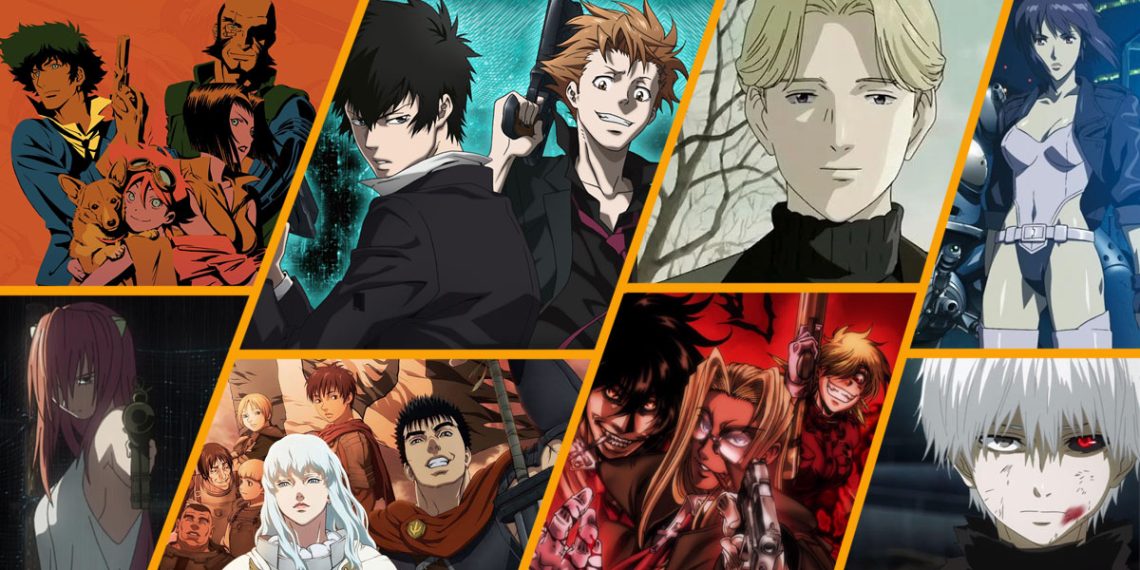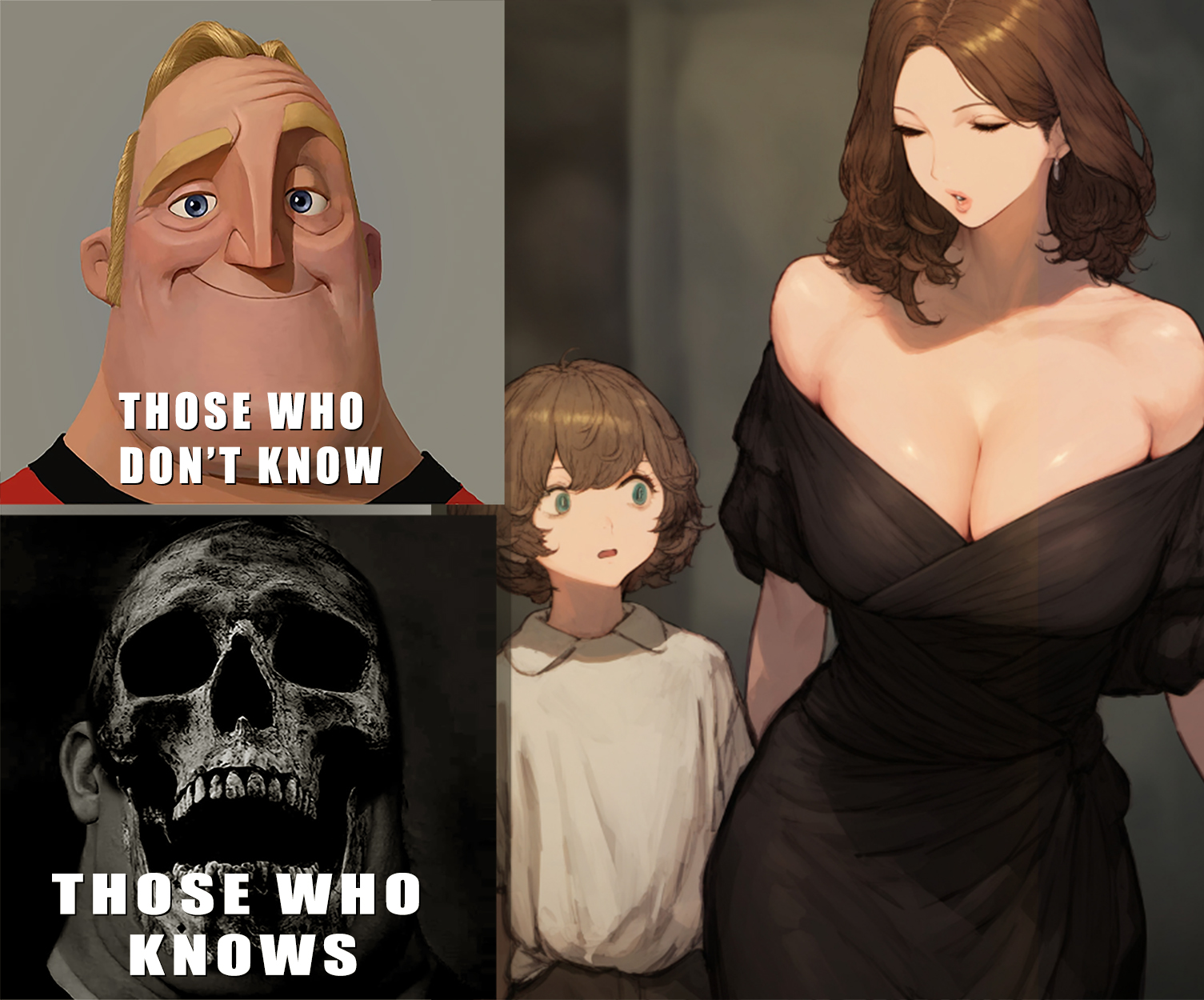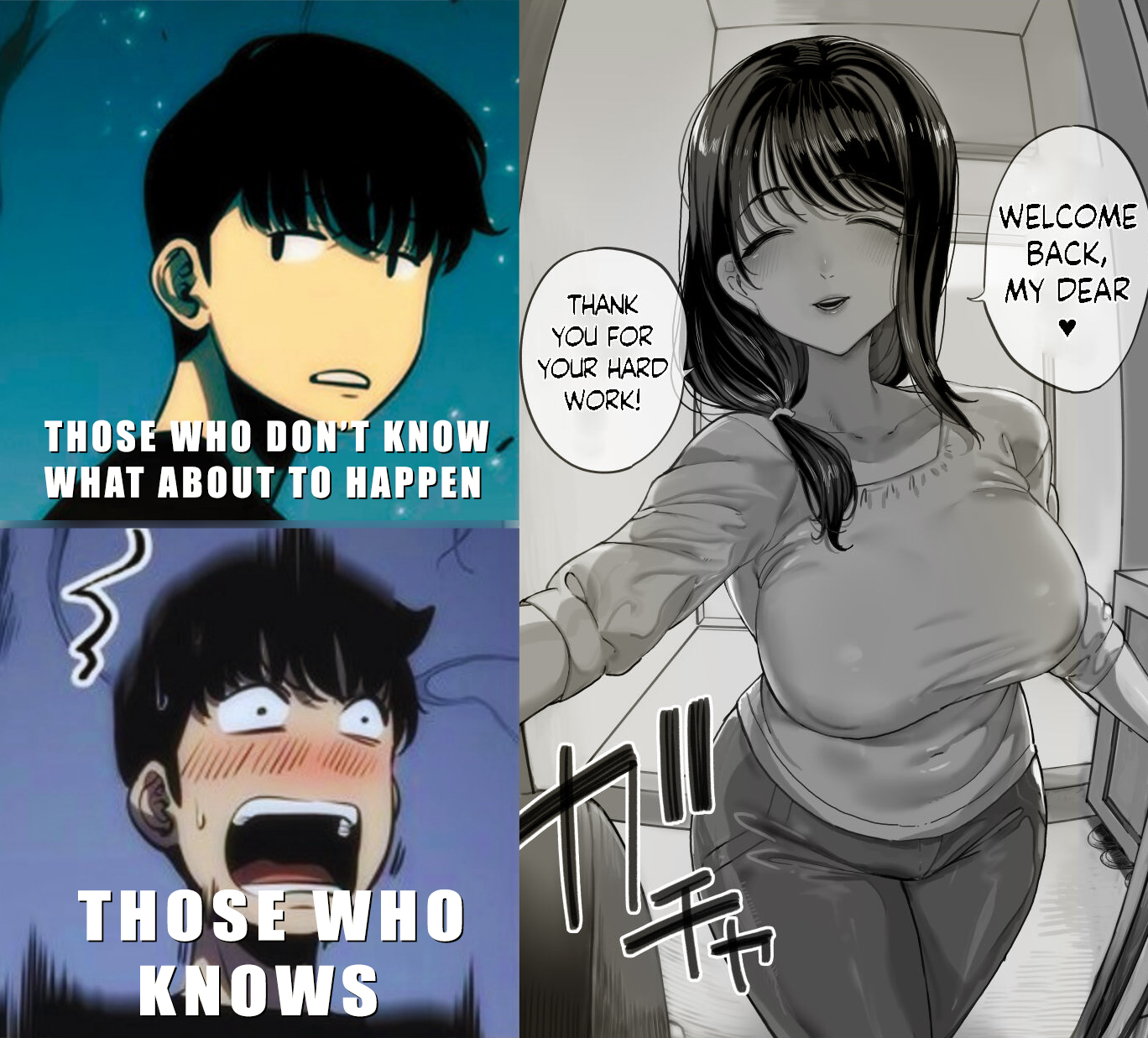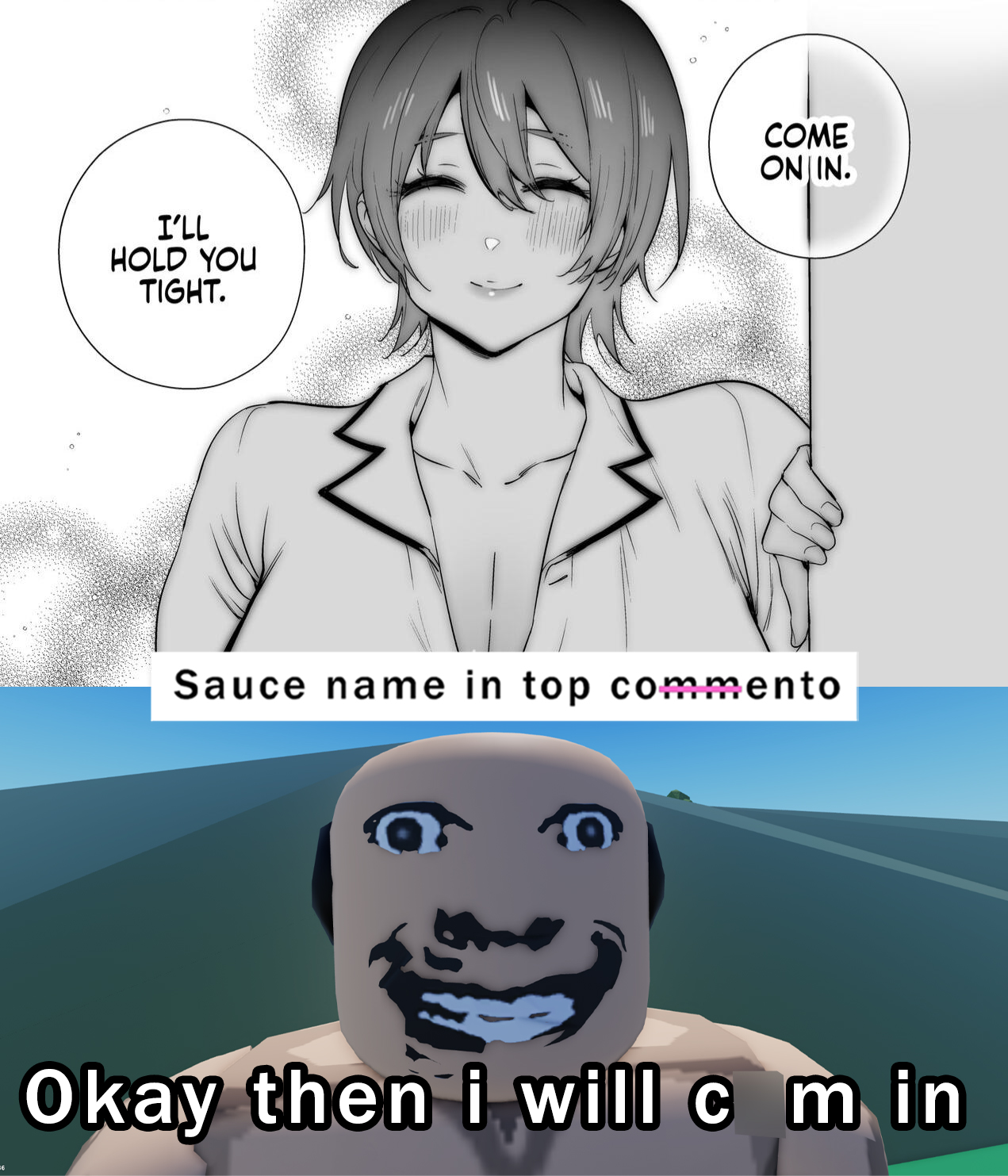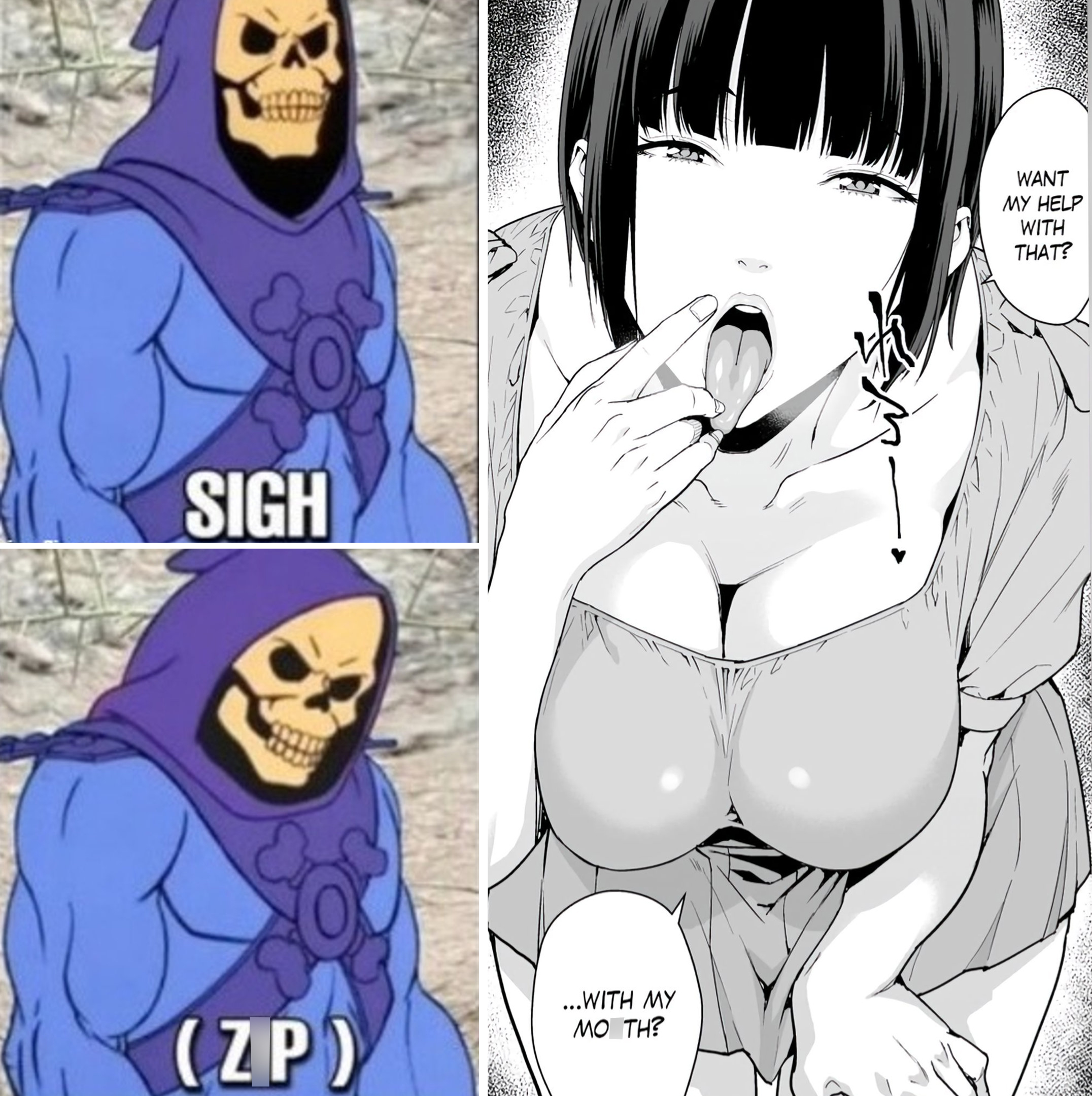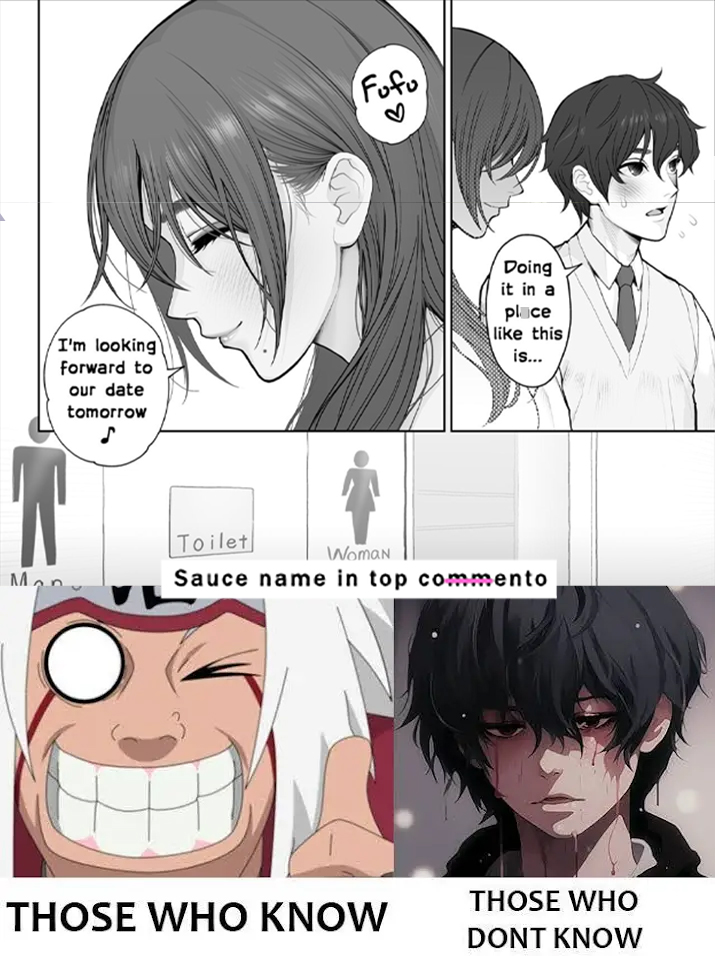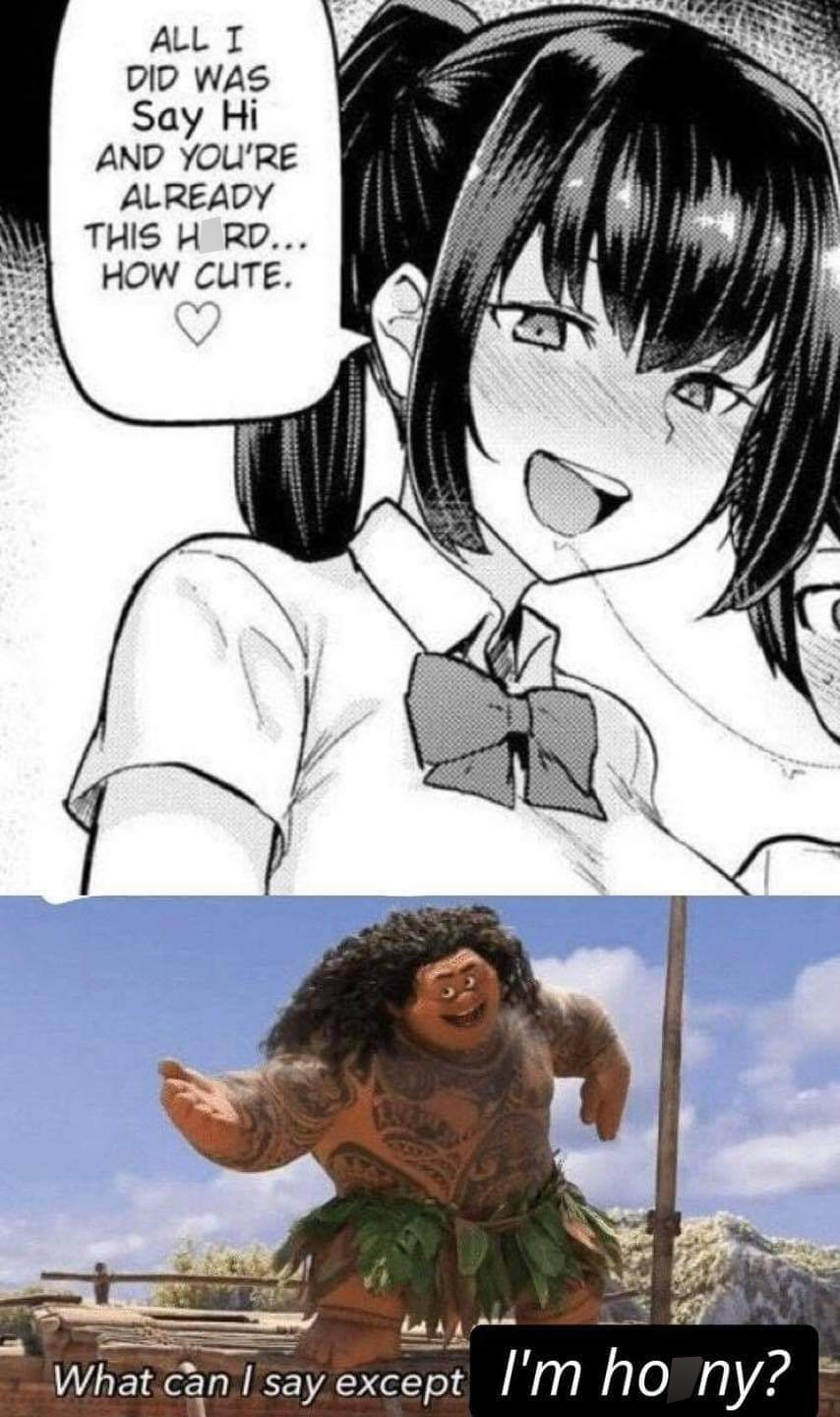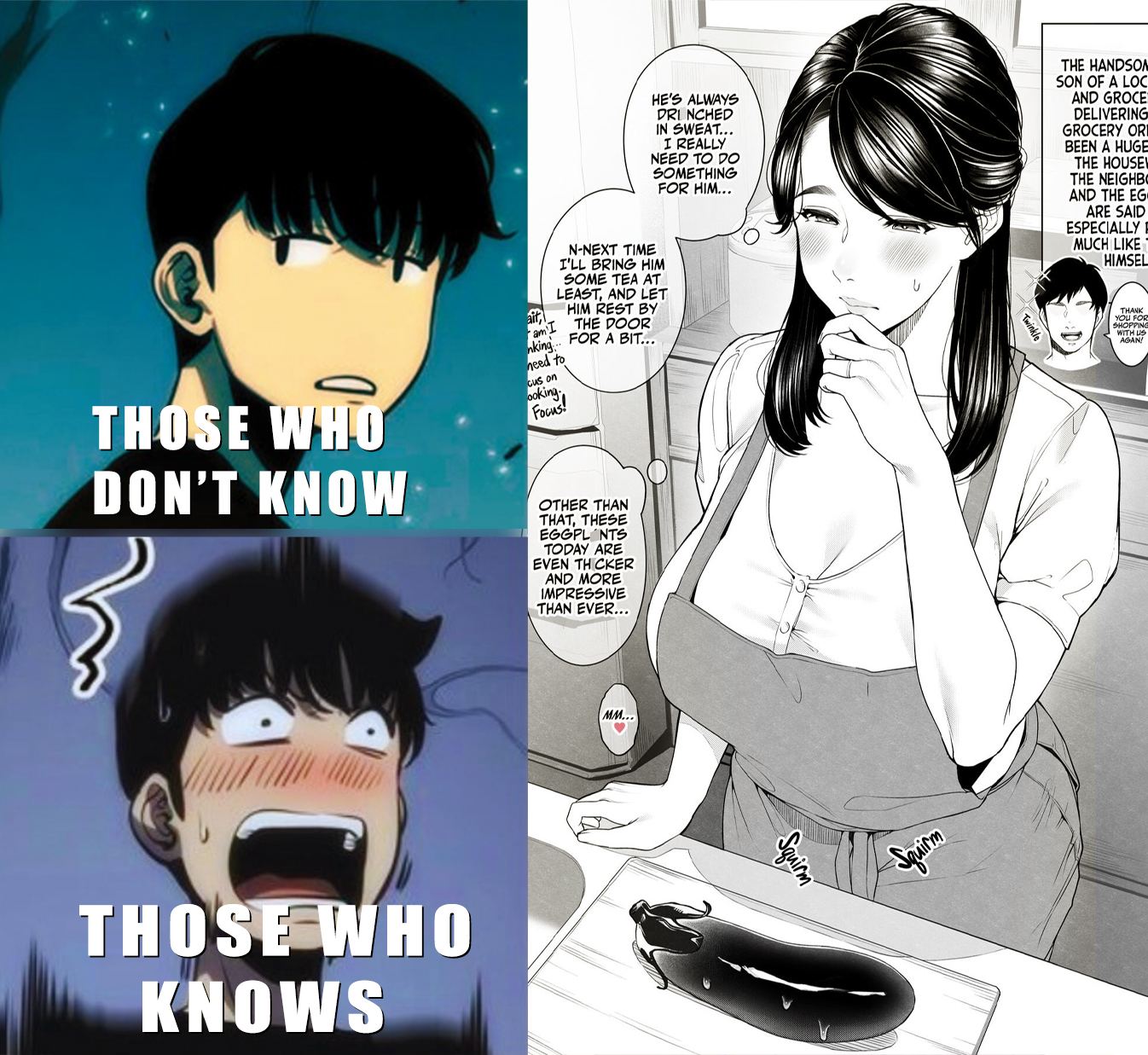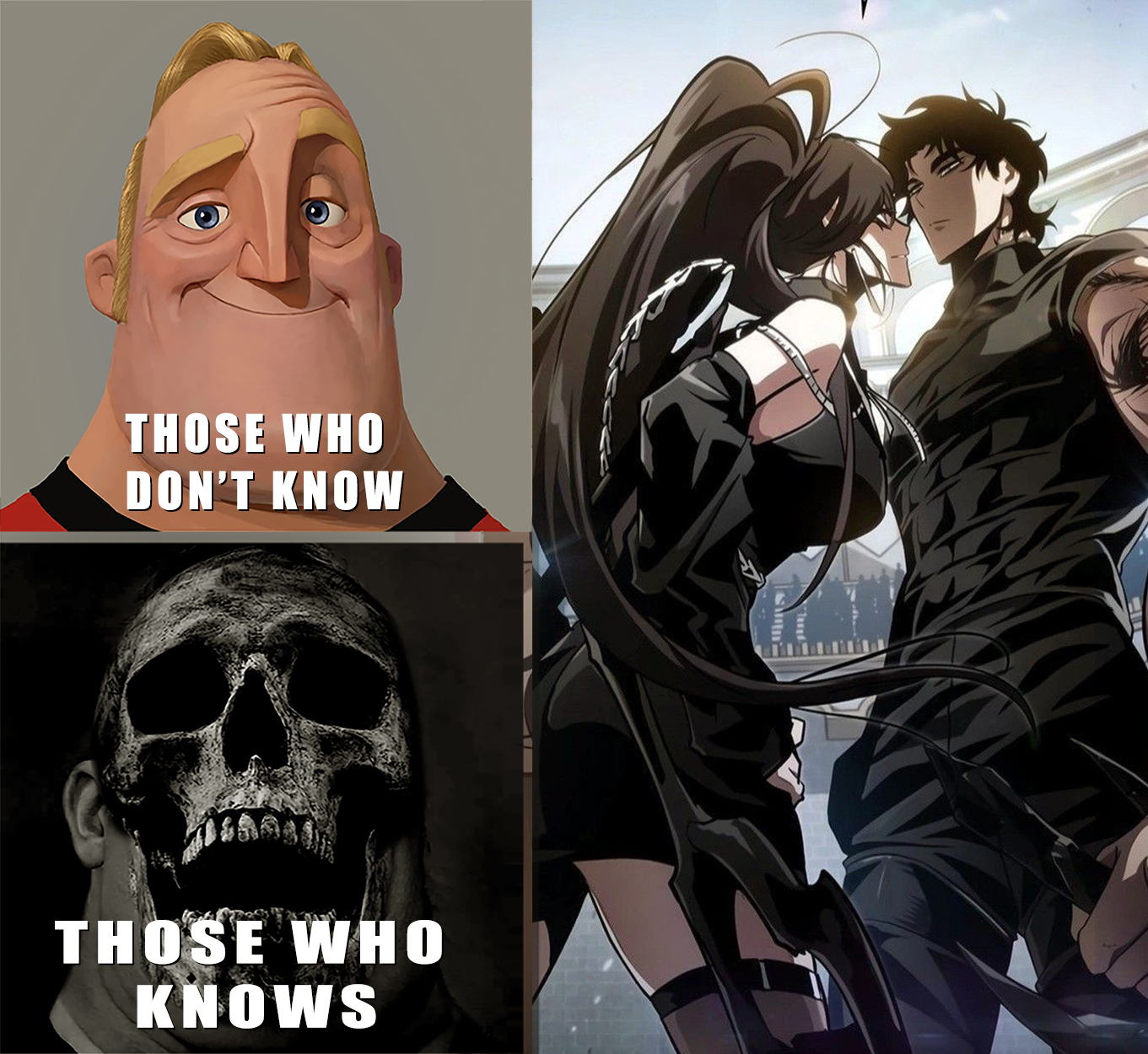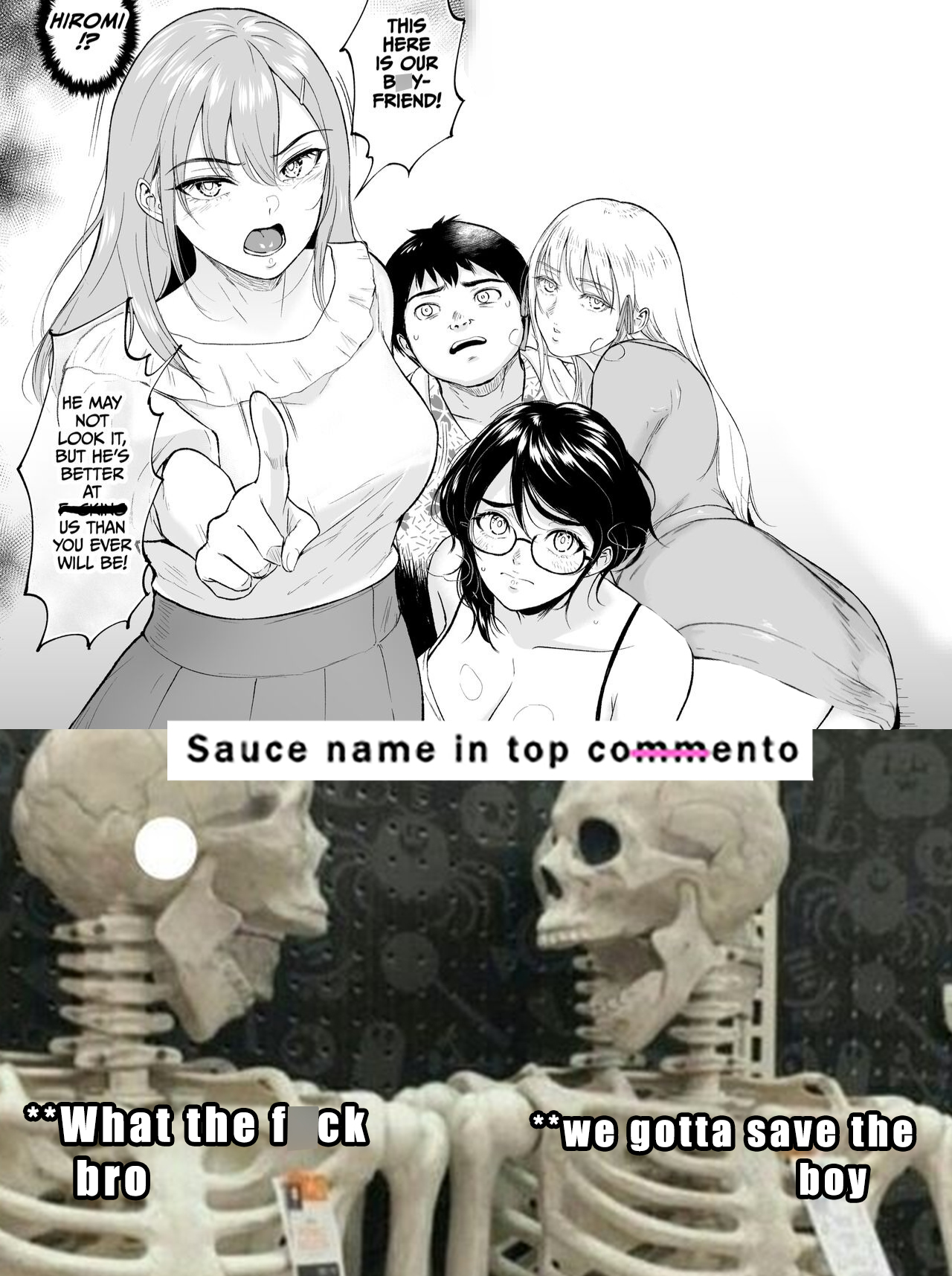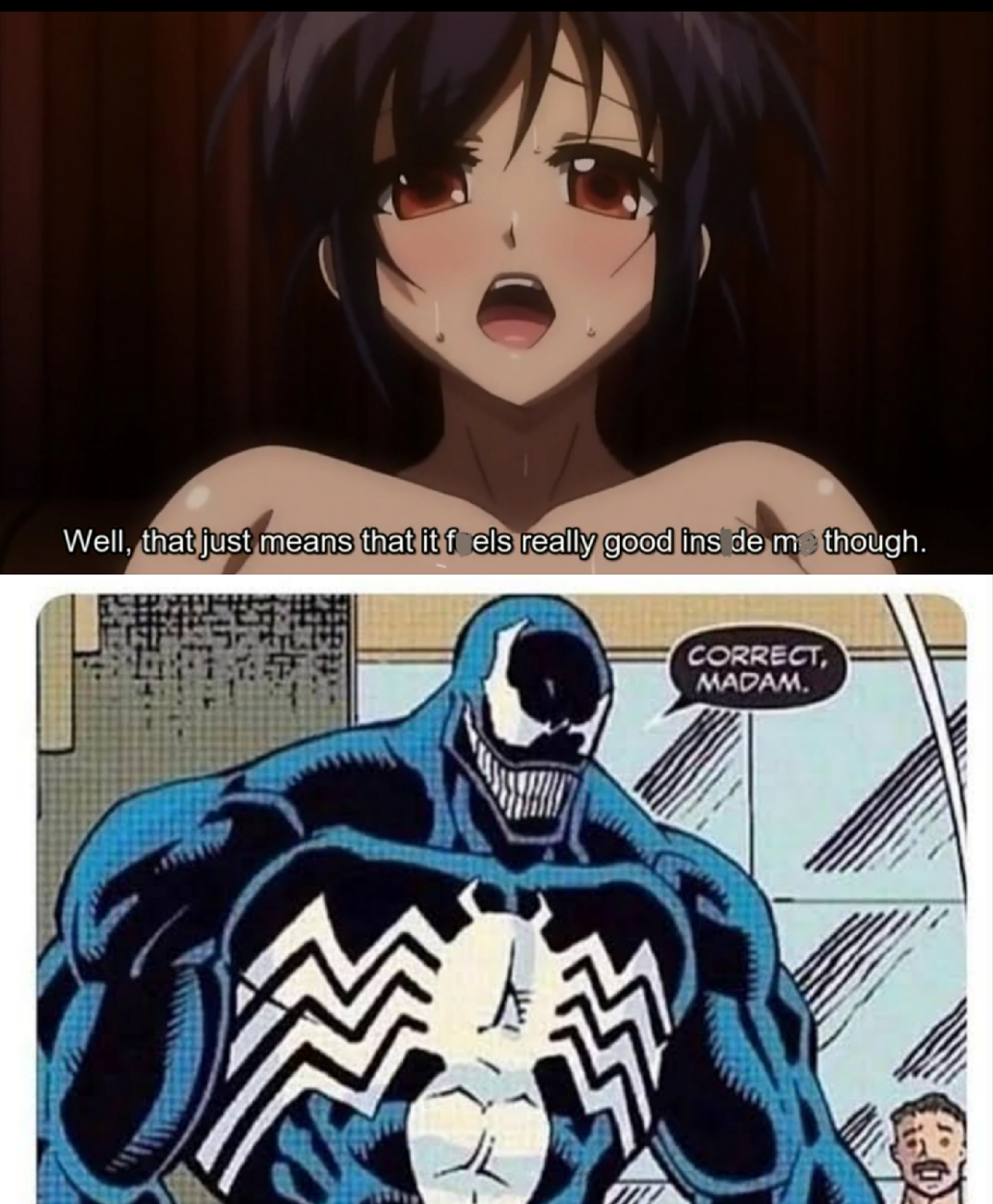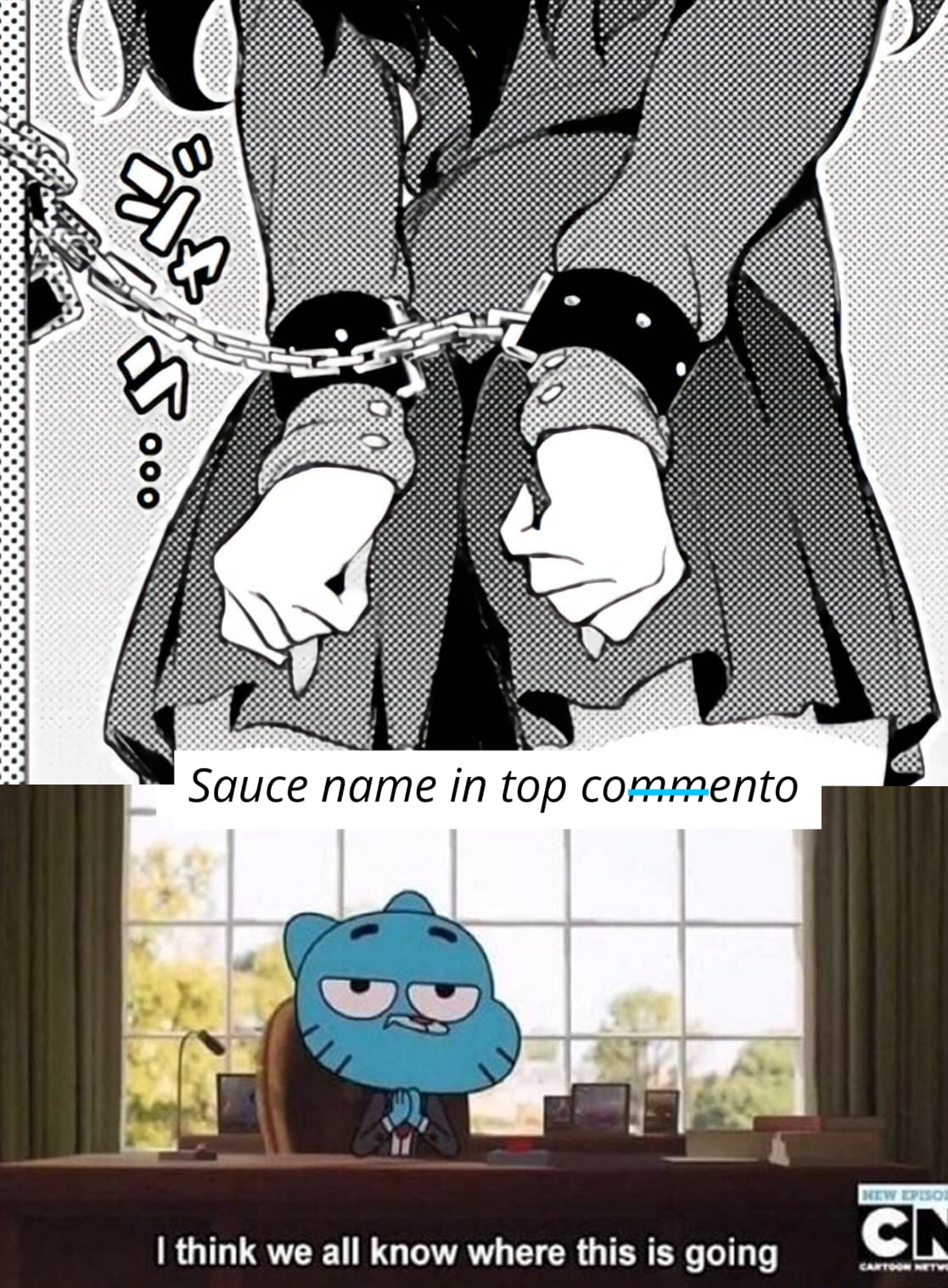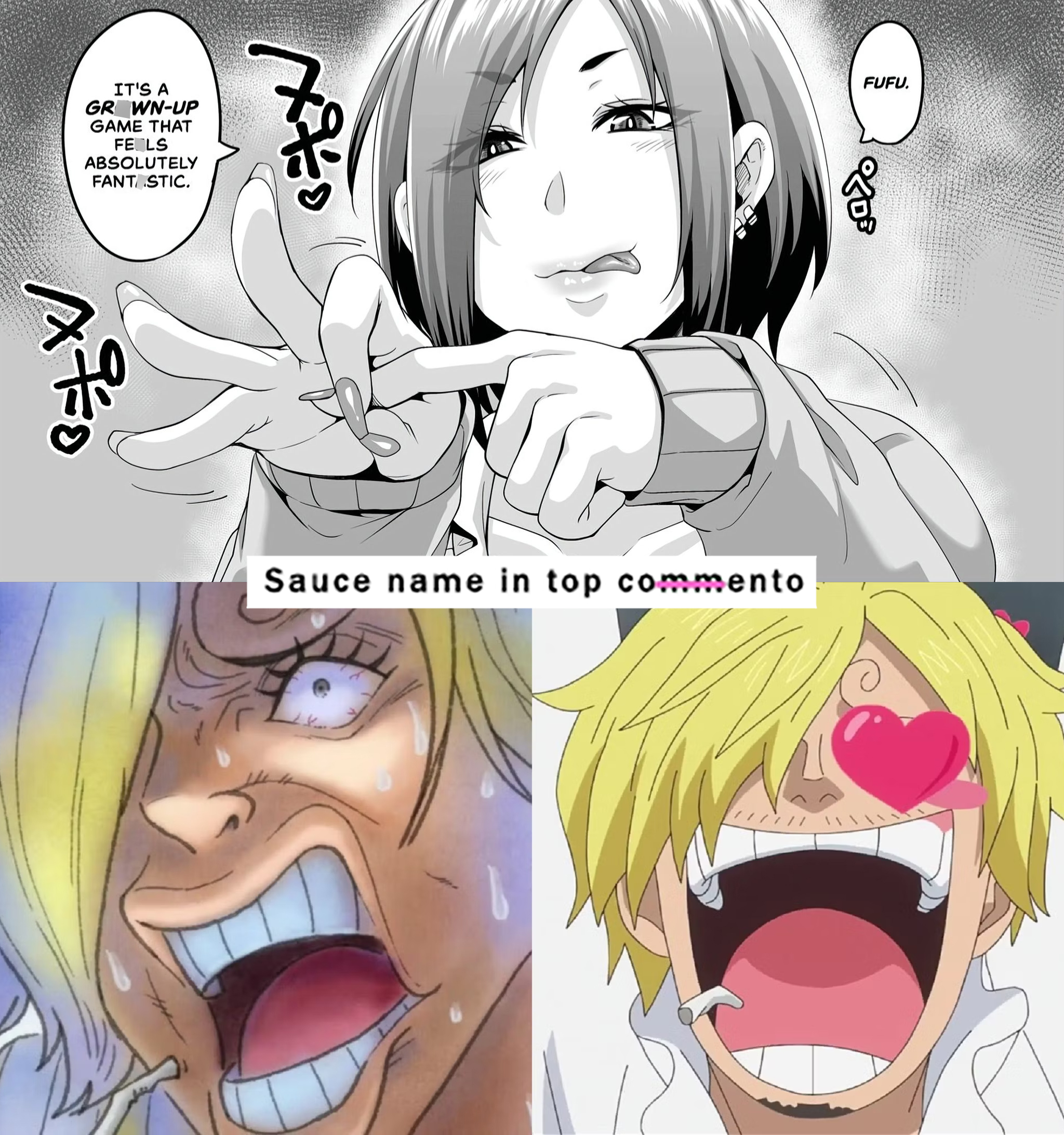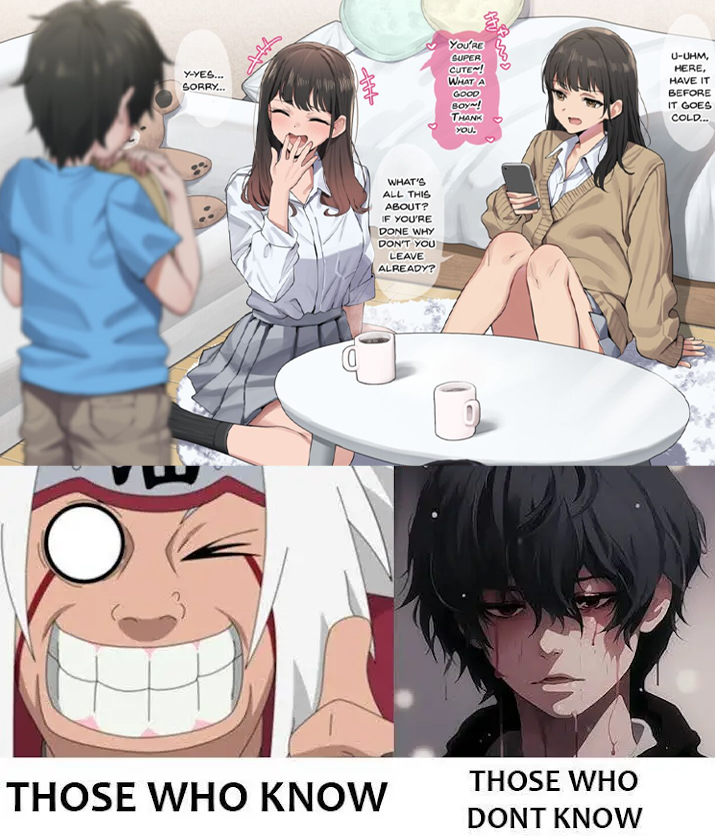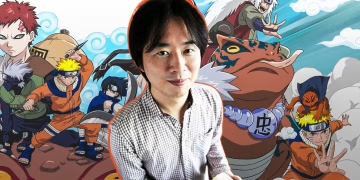Anime isn’t just for children; in fact, some of the best series fall into the seinen category, distinct from the teen-focused shonen genre. Seinen anime looks into more mature themes, catering to adult audiences.
While some of the themes explored in seinen anime may be uncomfortable for younger viewers, those seeking more mature storytelling will find that seinen series offers a diverse range of genres beyond action or thrillers. From romance to slice of life, isekai to comedy, seinen covers a broad spectrum of narratives that appeal to adult sensibilities.
23. Golden Kamuy
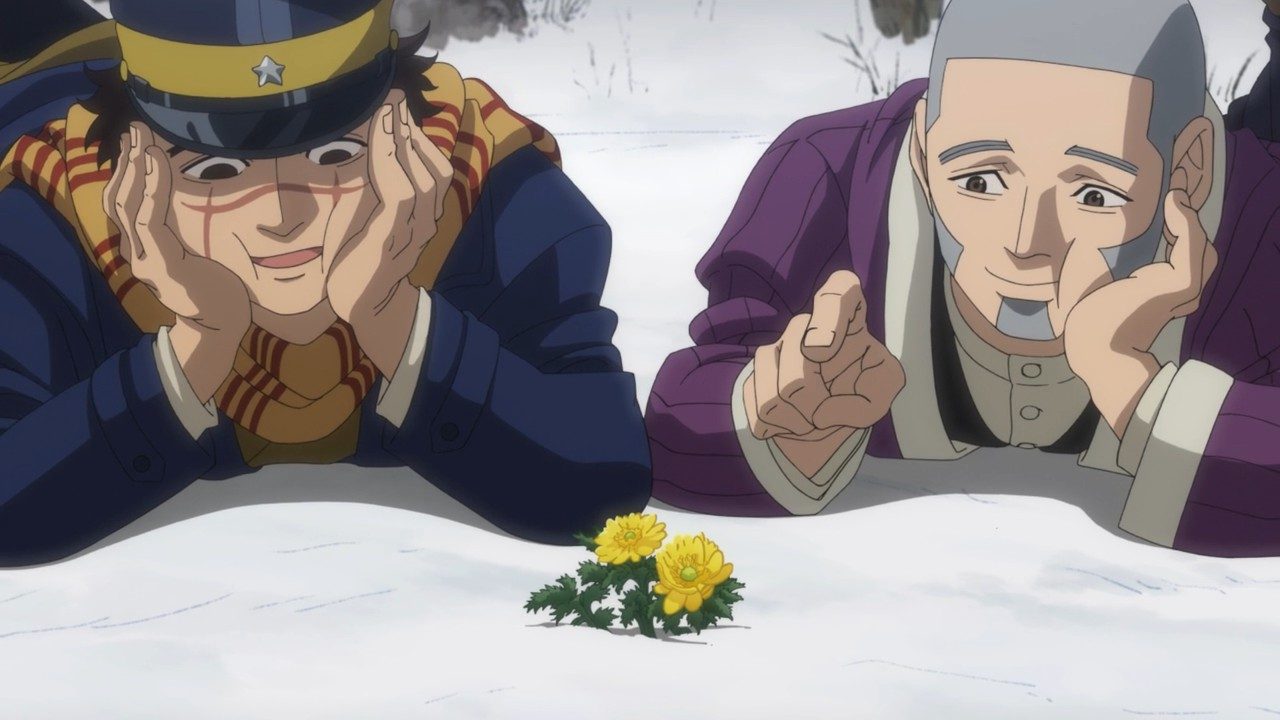
Golden Kamuy is undeniably peculiar, and that’s a compliment in itself. Set in the aftermath of the Russo-Japanese war, the anime dives into a frenzied hunt as various factions race to uncover the hidden gold of the Ainu people—a treasure concealed within a map stitched across the skins of prisoners. Seeking redemption for his wartime actions, Saichi Sugimoto joins forces with Ainu girl Asirpa to safeguard the fortune from falling into the wrong hands.
Brain’s Base’s series seamlessly transitions between moments of visceral, gory violence and comedic absurdity reminiscent of Gintama. Remarkably, Golden Kamuy strikes a perfect balance between these contrasting tones—a feat that eludes many other shows.

22. Parasyte
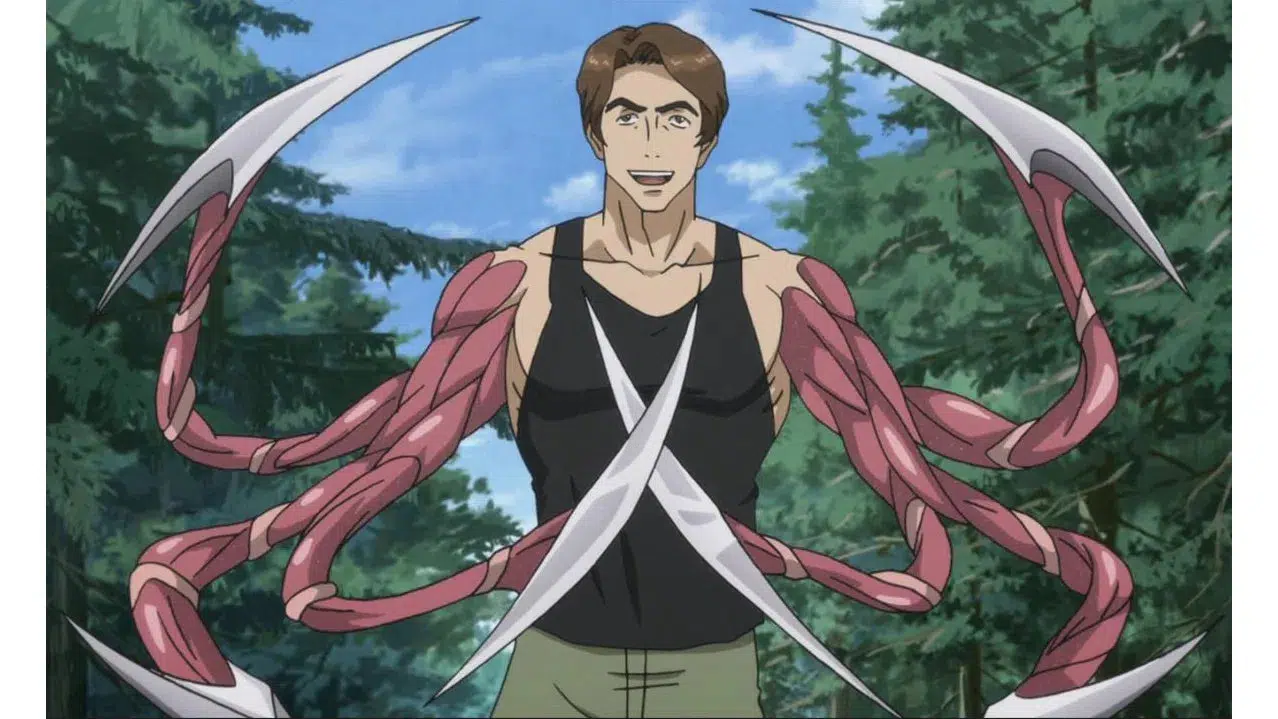
Parasyte stands as another modern classic within the seinen genre, garnering worldwide acclaim for its chilling visuals and intriguing concept. At its core, the story looks into an alien species known as parasites, which infiltrate human bodies by drilling into their brains to seize control.
However, a twist of fate befalls the protagonist, Shinichi Izumi, who manages to thwart the invasion, confining the parasite to his right hand instead. This unexpected turn propels viewers into a suspenseful journey as they witness Shinichi and his symbiotic partner, Migi, navigate the impending apocalypse while grappling with their newfound connection.

21. Kaguya-sama: Love Is War
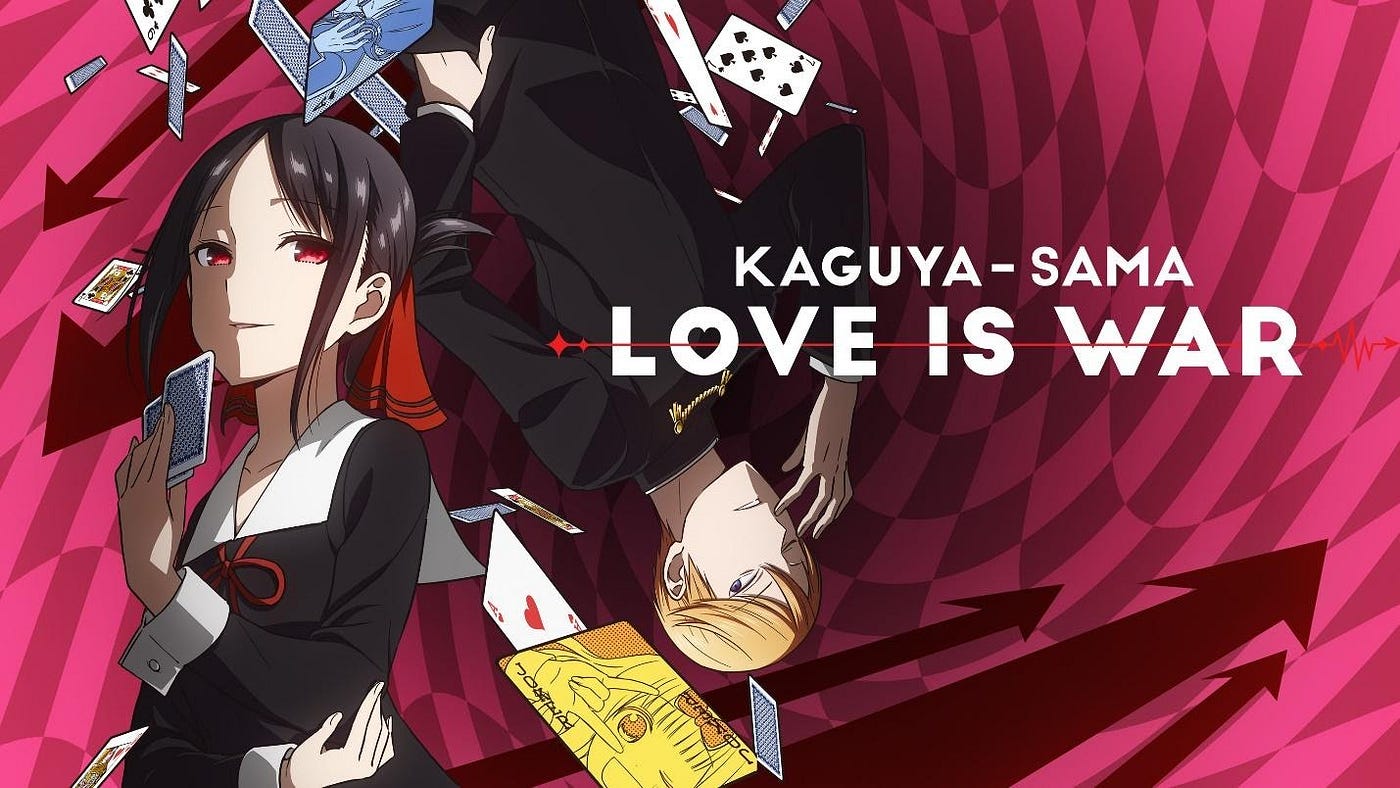
Kaguya-sama: Love Is War may seem worlds apart from Berserk, but it’s a shining example of a competent seinen series nonetheless. Set in Shuchiin Academy, the story revolves around student council president Miyuki Shirogane and vice president Kaguya Shinomiya, who engage in a battle of wits and psychological warfare to outmaneuver each other into confessing their feelings.
This romantic comedy offers a refreshing blend of humor and mature themes, making it a standout choice for anime fans seeking both entertainment and depth. Kaguya-sama: Love Is War excels in delivering clever comedy while also exploring the complexities of relationships, making it a must-watch for seinen enthusiasts.
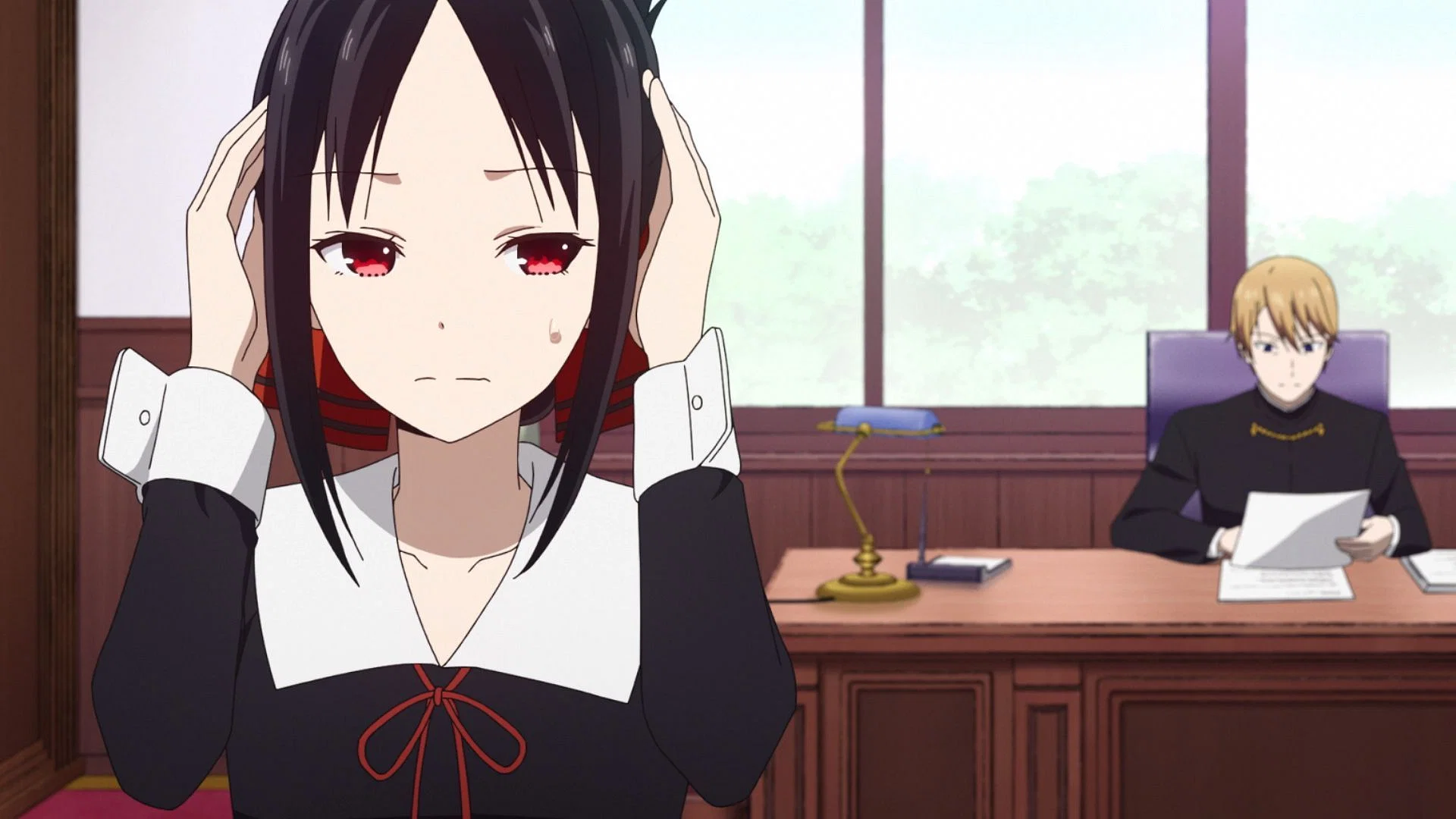
20. Rainbow

Rainbow stands out as one of the best seinen anime, but it’s not an easy watch. Unlike fantasy-driven tragedies like Made in Abyss and Berserk, Rainbow’s darkness is rooted entirely in human cruelty.
Set in the 1950s, the anime unfolds in a reform school where a group of teenagers grapple with unimaginable horrors under the rule of a despicable and vile authority figure. As they endure a living nightmare, their only solace lies in the bond they share with each other. Rainbow’s portrayal of human suffering and resilience is undeniably powerful, making it a poignant and unforgettable viewing experience.
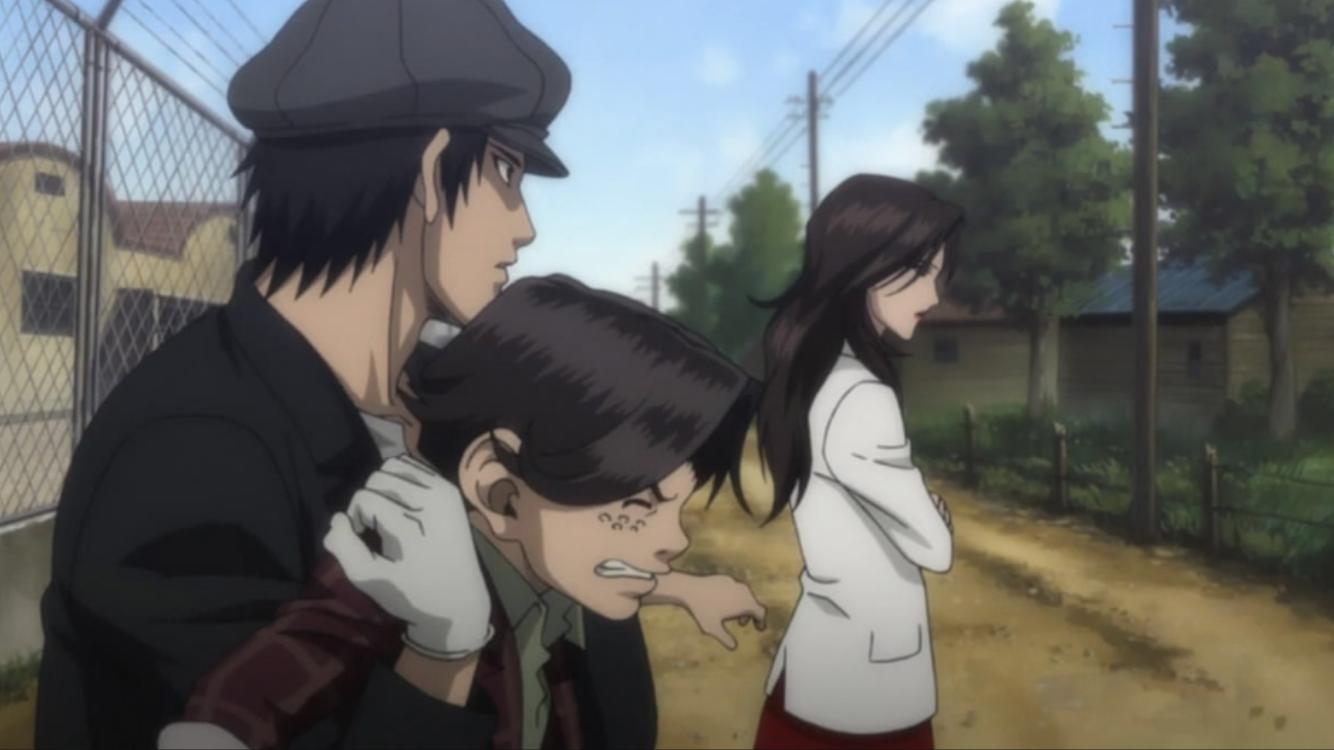
19. Ping Pong
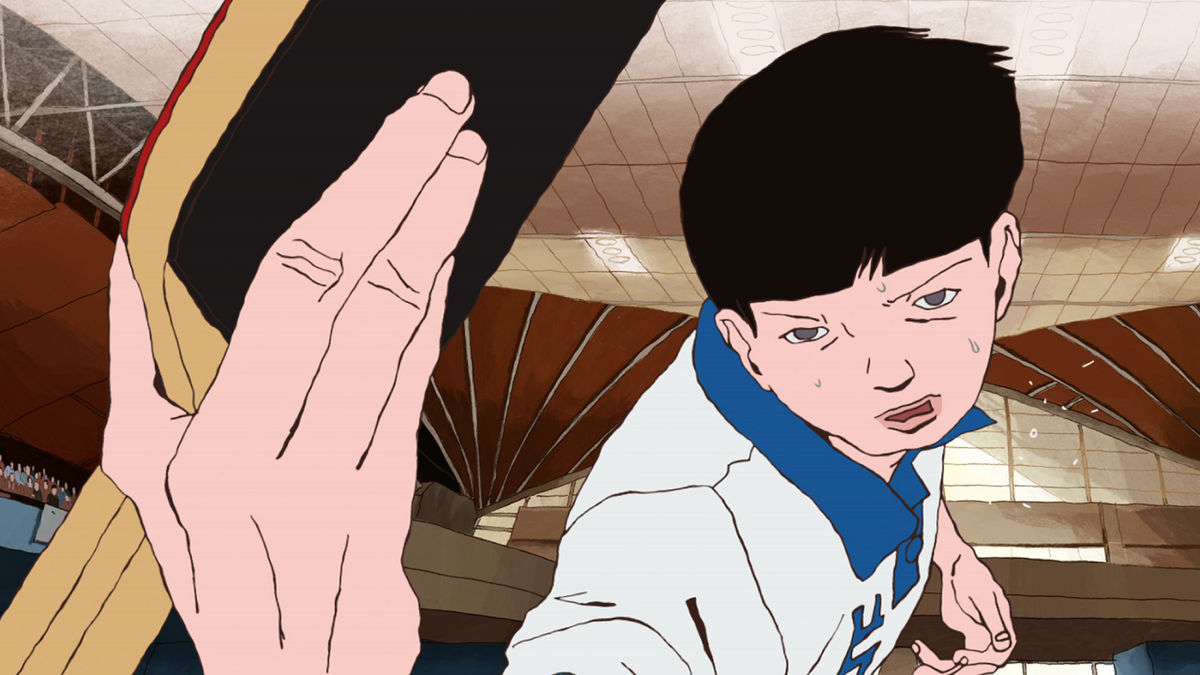
Sports anime occupies a unique space, being both incredibly mainstream and a niche taste. Once someone falls for the genre, they often find themselves hooked for good, especially considering the steady stream of new shows each season. However, Ping Pong the Animation stands out as truly one-of-a-kind.
Since childhood, the reserved Smile has looked up to the confident Peco as his hero, their shared passion for ping pong forming a bond between them. But when Peco suffers a devastating defeat and undergoes a transformation that leaves Smile feeling like he’s lost his friend, Smile takes it upon himself to bring back the Peco he once knew. Ping Pong the Animation revolves entirely around the friendship between Smile and Peco, offering a profound exploration of both characters.
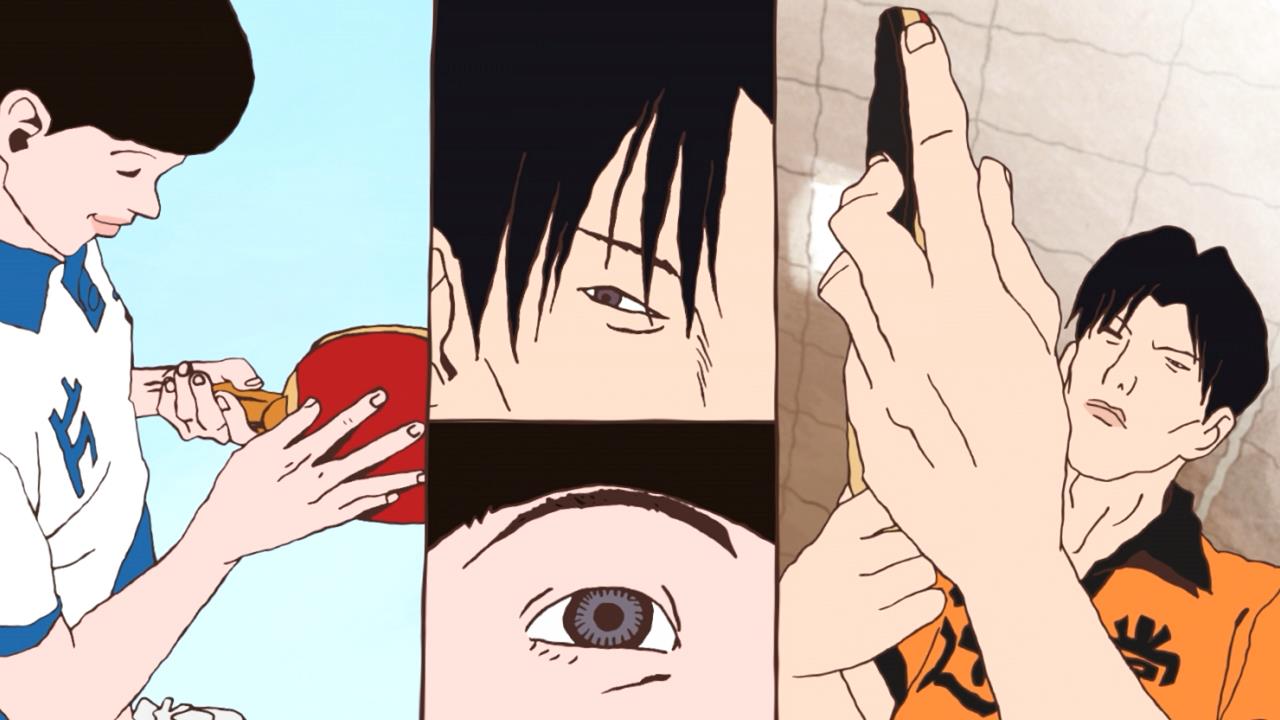
18. March Comes In Like A Lion
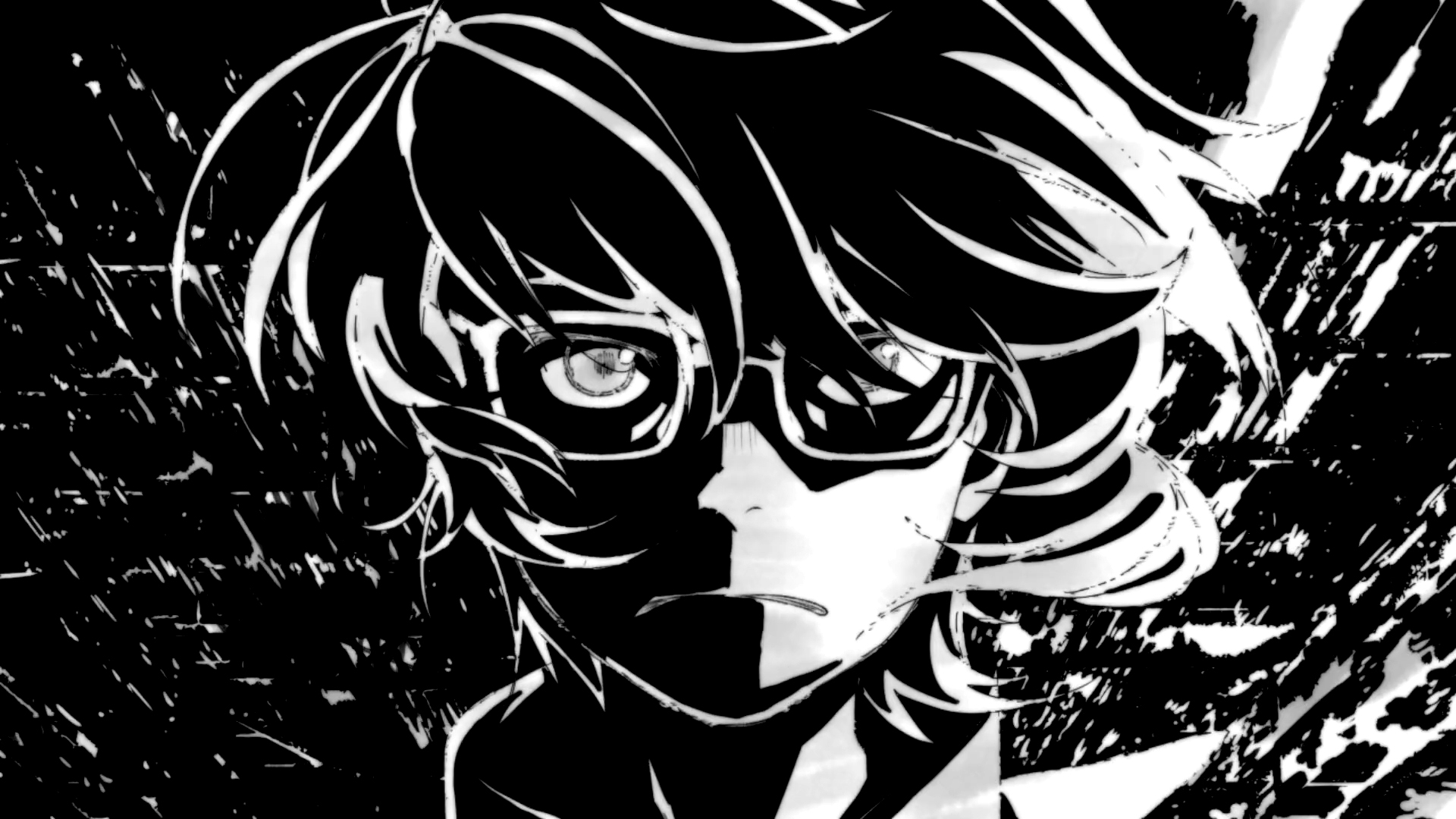
While March Comes In Like A Lion may not boast the mainstream popularity of some other seinen anime, its poignant exploration of depression, loneliness, and hopefulness sets it apart from the crowd. At its core, the story revolves around Rei Kiriyama, a reserved professional shogi player, and his connection with the Koda family.
What makes this anime stand out is its ability to deliver genuinely heartwarming moments, a rarity in many seinen series that often lean towards tragedy. Nevertheless, March Comes In Like A Lion doesn’t shy away from addressing heavy themes such as bullying and depression. Yet, it handles these subjects with sensitivity and realism, offering no easy solutions but also never extinguishing the flame of hope.
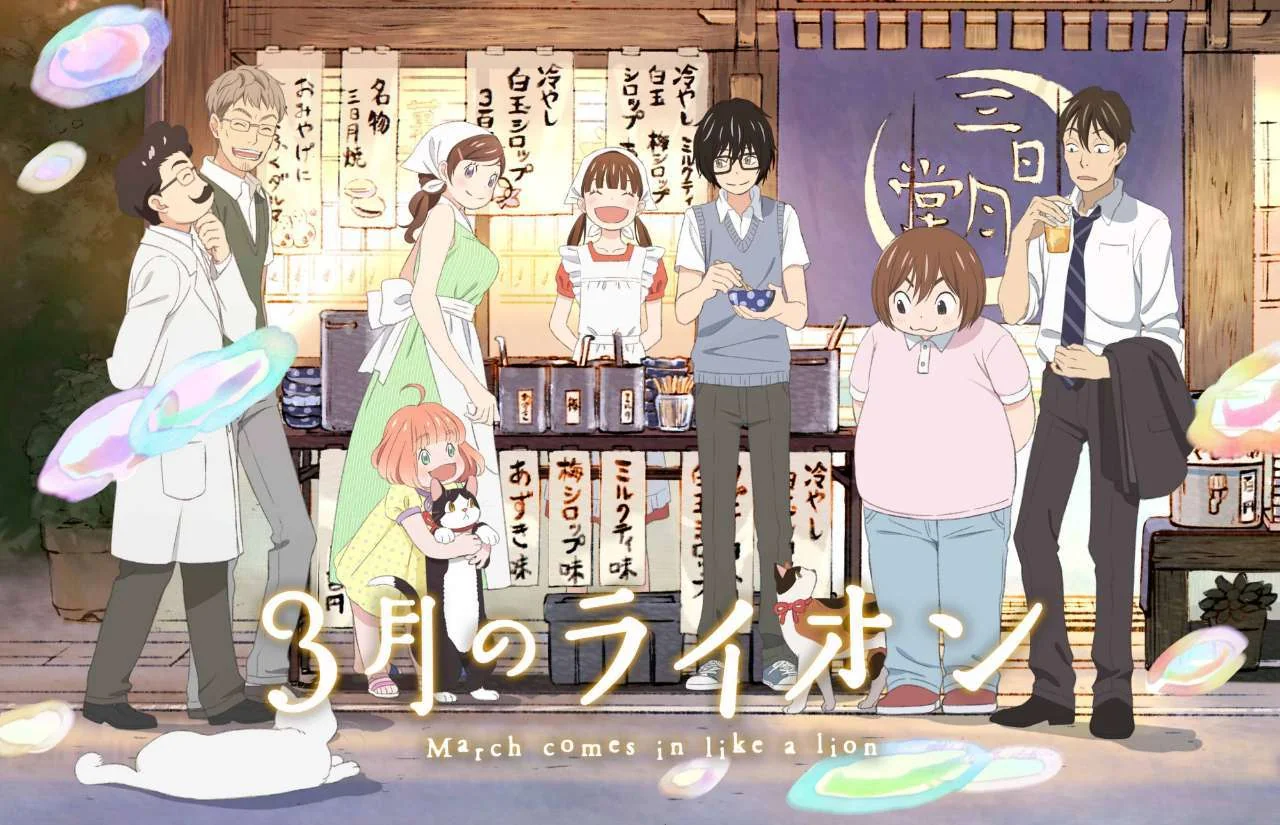
17. Oshi no Ko
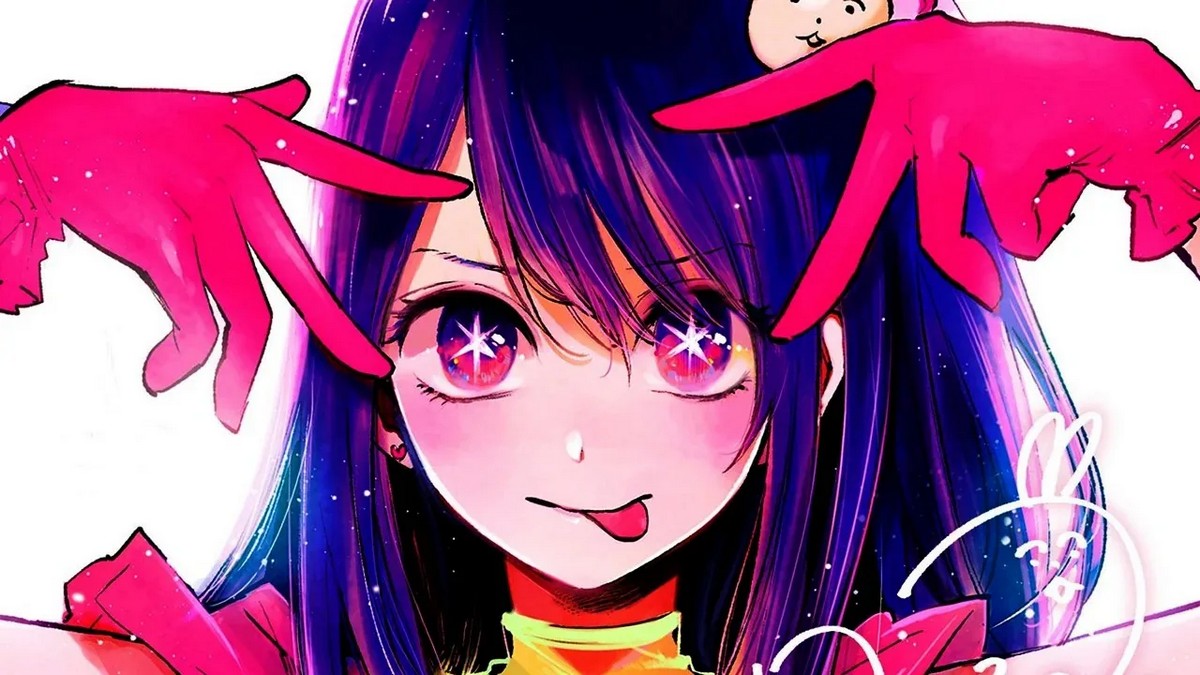
Aka Akasaka’s Kaguya-sama has undoubtedly cemented its place as one of the most beloved manga and anime series of the past decade. However, it’s not the mangaka’s only masterpiece. Oshi no Ko, while not devoid of humor or uplifting moments, takes a more somber look at the entertainment industry, refusing to sugarcoat its cutthroat nature and dark underbelly.
To avoid spoilers, as this show is best experienced with fresh eyes, Oshi no Ko offers a gripping murder mystery intertwined with themes of fame, obsession, and grief. It’s a compelling watch for anyone intrigued by the darker side of fame and the entertainment world.
True to form, Doga Kobo’s animation is stellar, matched by exceptional voice acting that brings the characters to life with depth and emotion.
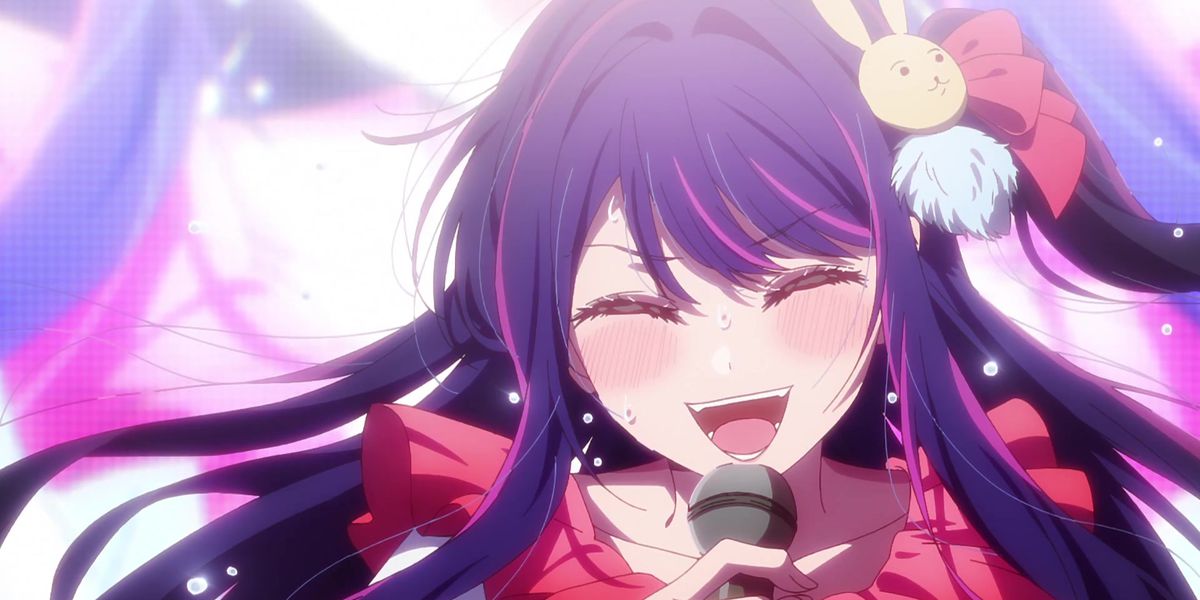
16. 100 Girlfriends Who Really, Really, Really, Really, Really Love You
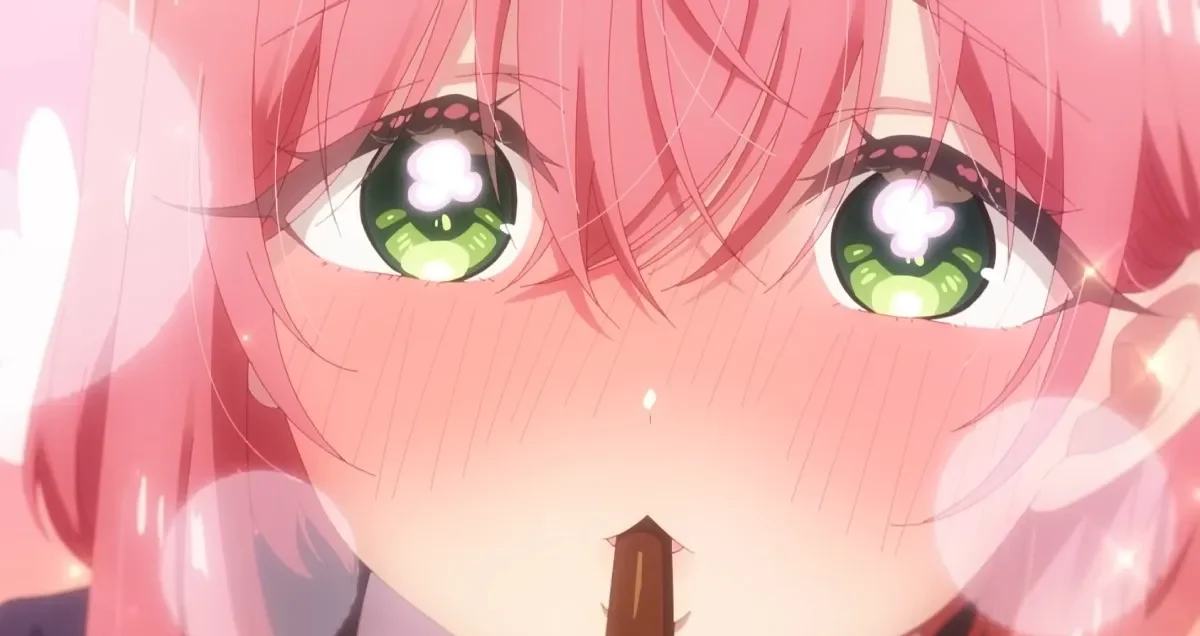
In the harem anime, 100 Girlfriends stands as the pinnacle, daring to challenge the norm by posing the question: What if they all win? Rentaro, perpetually unlucky in love, wears his heart on his sleeve, often met with rejection. Prior to starting high school, he seeks guidance at a shrine, only to receive a direct response from a god who reveals that Rentaro will encounter 100 soulmate girls, all of whom he must keep happy. Despite initial panic, Rentaro embraces the challenge with gusto.
100 Girlfriends serves as both a hilarious parody and a standout addition to the harem genre. Rentaro’s directness and innocence are key to the premise’s success, and he proves to be an absolute delight. While the anime is still in its early stages of adapting the manga, the introduced female characters perfectly complement the lead and contribute to the series’ comedic charm.
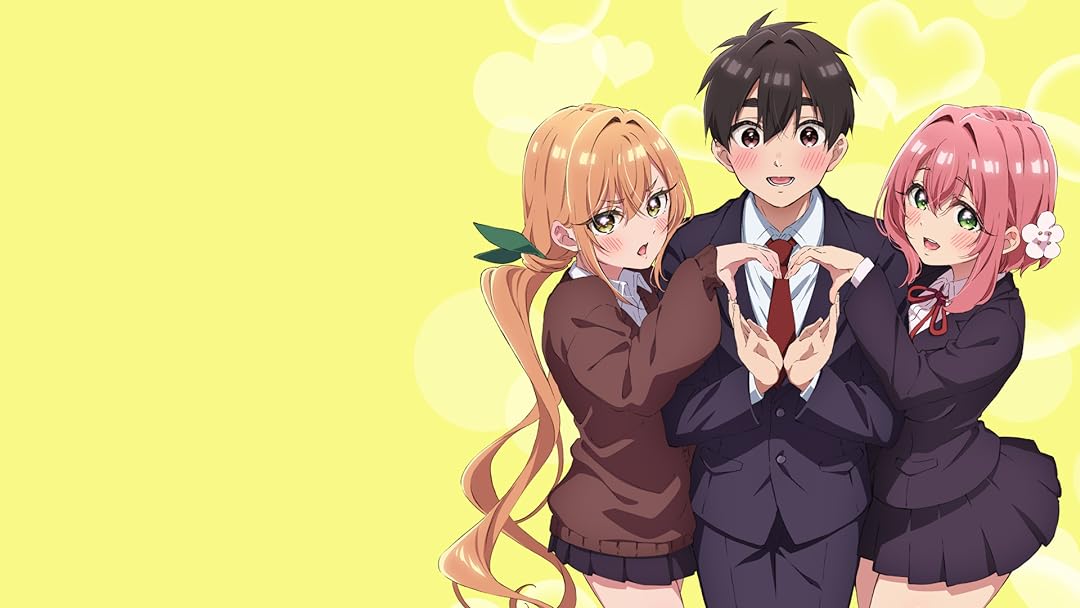
15. Erased

Erased looks into the intriguing premise of altering past events, placing protagonist Satoru Fujinuma at the center of a mystery surrounding the deaths of his mother and childhood friends. With a unique twist, Satoru possesses the ability to leap eighteen years into the past, tasked with preventing these tragic incidents while inhabiting his younger self.
The anime fascinates with its gripping mystery, offering a blend of fast-paced sequences and striking visuals. Its appeal extends to a wide audience within the seinen demographic, ensuring that most fans will find something to enjoy in Erased.

14. Land of the Lustrous
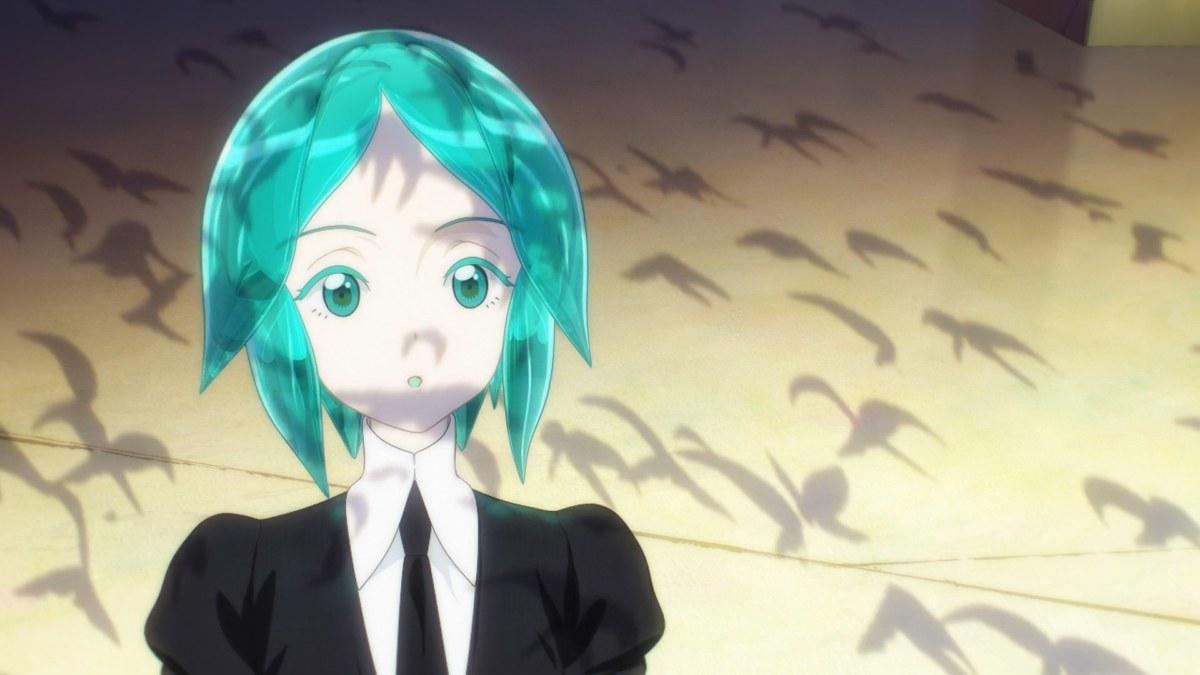
Anthropomorphism is a recurring trope in anime, with warships, animals, and even countries transformed into human-like characters. Yet, a lesser-known series looks into the concept of anthropomorphic gems. Land of the Lustrous follows the journey of Phos in an intricate world where Earth is rendered inhospitable for humans, and the enigmatic Lunarians pose a constant threat.
Few seinen anime series can match the uniqueness of Land of the Lustrous. The premise of living gemstones sets it apart, creating a world that’s both fascinating and distinct. From its metallic art style that diverges from the norm to the characters’ unique properties and the unconventional factions at play, Land of the Lustrous keeps viewers on their toes, offering an unpredictable and thoroughly entertaining experience.
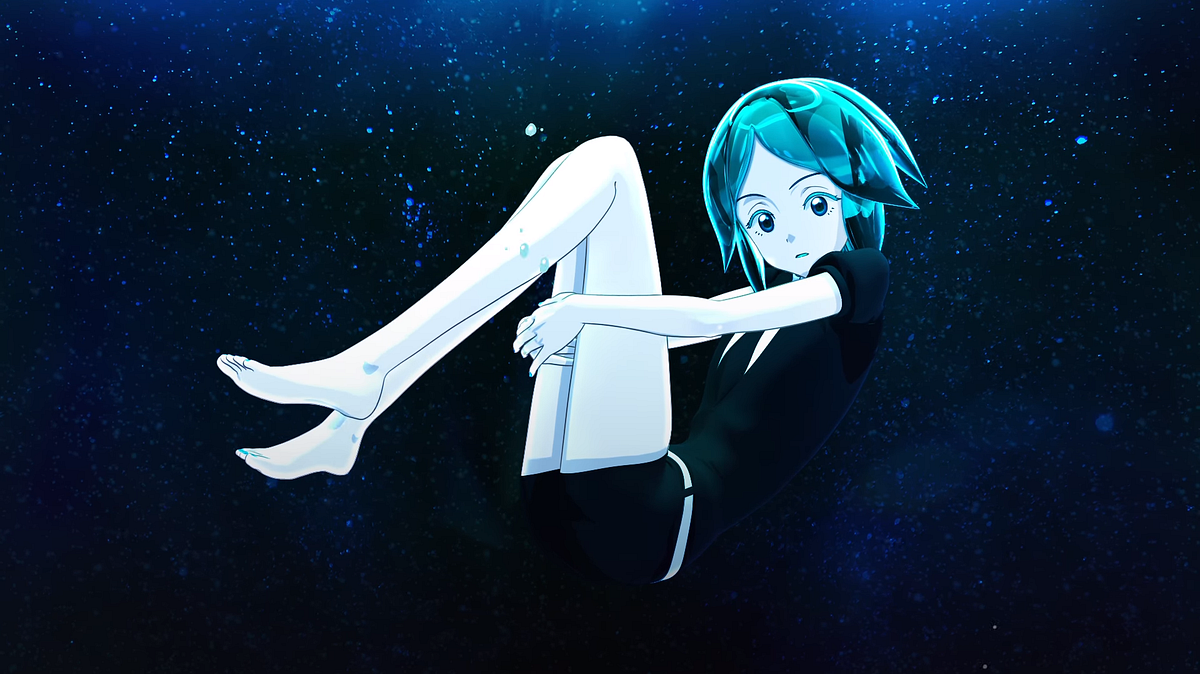
13. Skip and Loafer

Misaki Takamatsu’s Skip and Loafer may seem like your typical small-town-girl-moves-to-the-big-city story, but it’s far from ordinary. Since its debut in 2018, the manga has steadily carved out its place as one of the standout ongoing seinen properties. Mitsumi, our protagonist, finds herself thrust into the bustling city of Tokyo, completely unprepared for its fast-paced lifestyle. Yet, she dives headfirst into the challenge, aided by her classmate Shima.
Skip and Loafer isn’t your run-of-the-mill slice-of-life tale; it’s a refreshing blend of comedy, introspection, and character development. While it maintains a relaxed pace, the story offers a grounded portrayal of high school life, capturing its drama and stresses. So far, P.A. Works has done an excellent job adapting the manga, bringing its charm to life on screen.
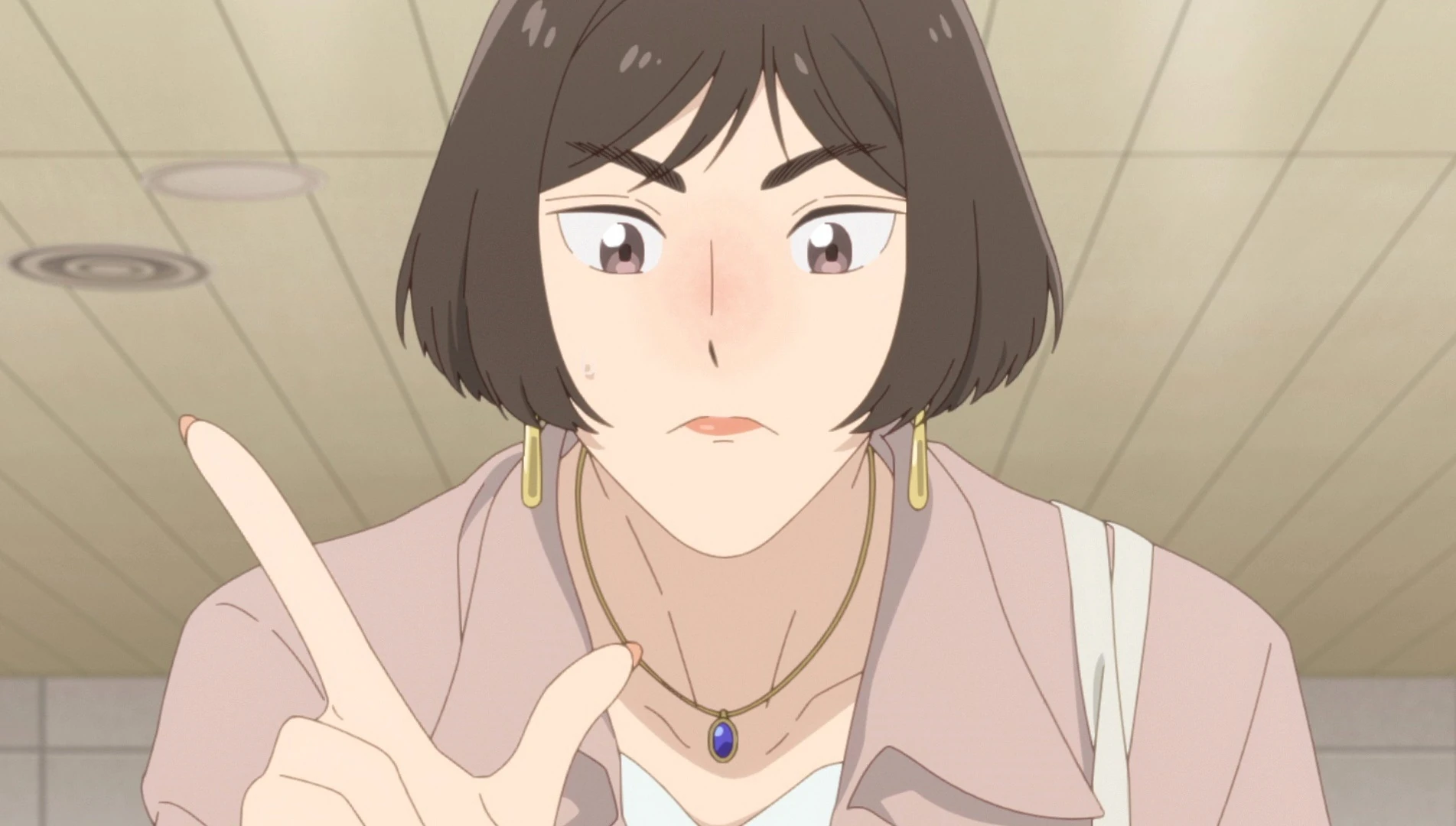
12. Hellsing Ultimate
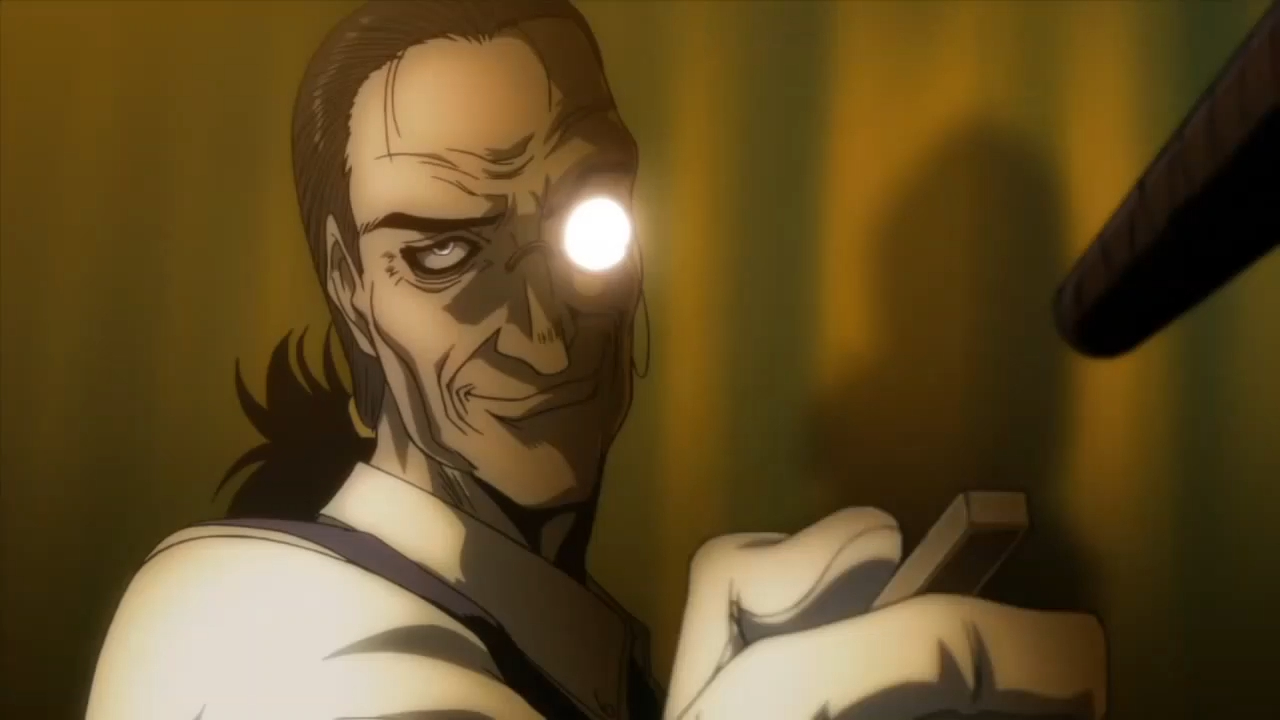
Vampires have carved out their own niche in the fantasy anime genre, with series like the apocalyptic Seraph of the End and the dramatic Strike the Blood making their mark. However, it all traces back to one particular seinen classic: Hellsing Ultimate.
The story plunges viewers into Alucard, a vampire and devoted servant of the Hellsing family, known for their prowess in hunting evil. While the series doesn’t shy away from common vampire tropes (in fact, it helped establish many of them), it offers one of the most visceral experiences in modern seinen anime. For fans of suspense craving a dose of intense violence akin to Berserk, Hellsing Ultimate delivers thrills aplenty.
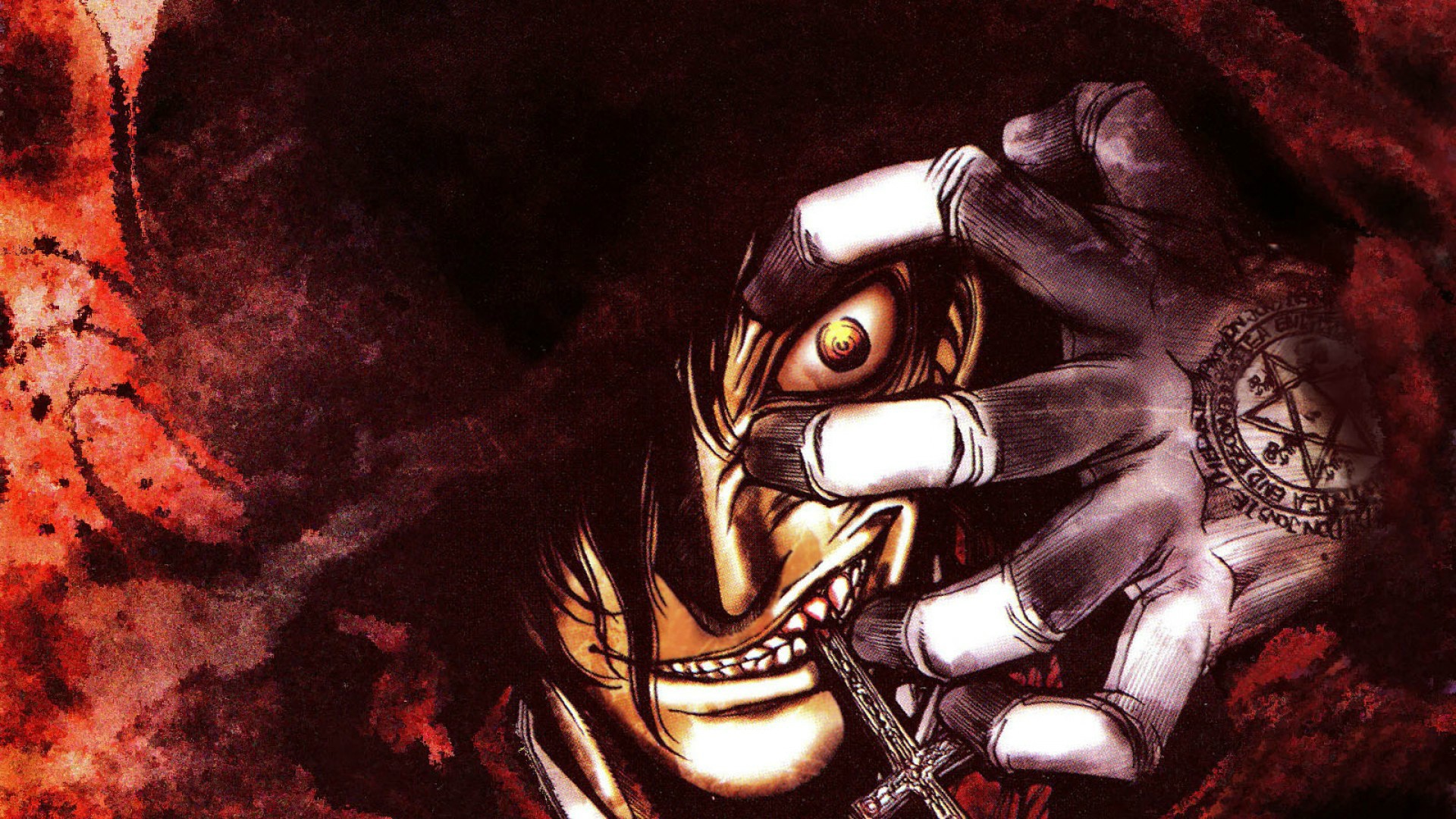
11. Space Brothers
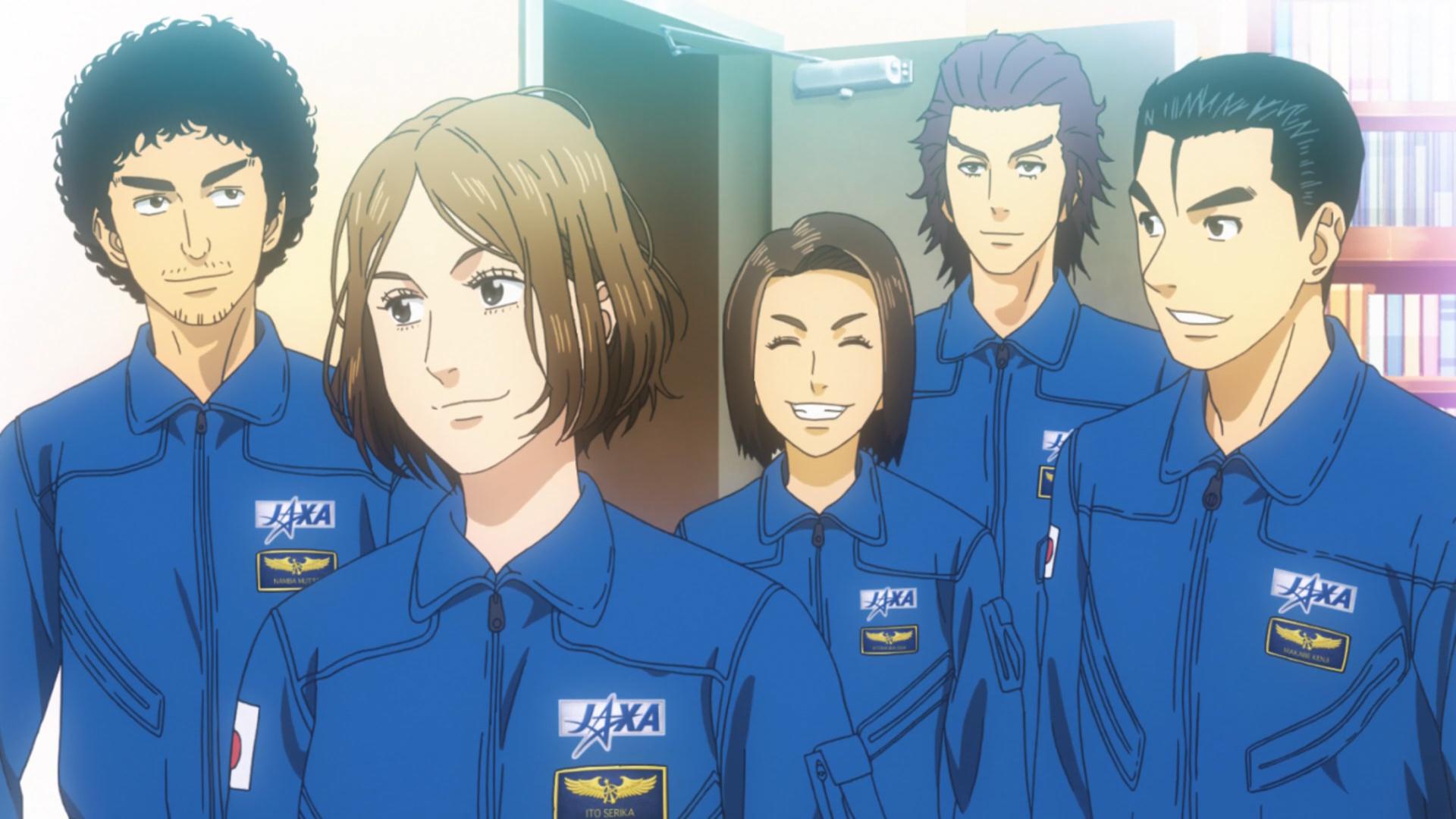
Space Brothers follows the journey of brothers Mutta and Hibito, who shared a childhood dream of venturing into space. While Hibito is on the brink of achieving this dream as an adult, Mutta finds himself struggling and directionless after being let go from his sales job. Facing a pivotal moment in his life, Mutta resolves to pursue his long-held ambition.
Although categorized as sci-fi, Space Brothers remains firmly grounded in reality. The anime meticulously chronicles Mutta’s quest to become an astronaut, depicting the challenges and setbacks inherent in such a pursuit. Through Mutta’s journey, viewers are immersed in the gritty realities of aspiring for the stars.

10. Mushi-Shi
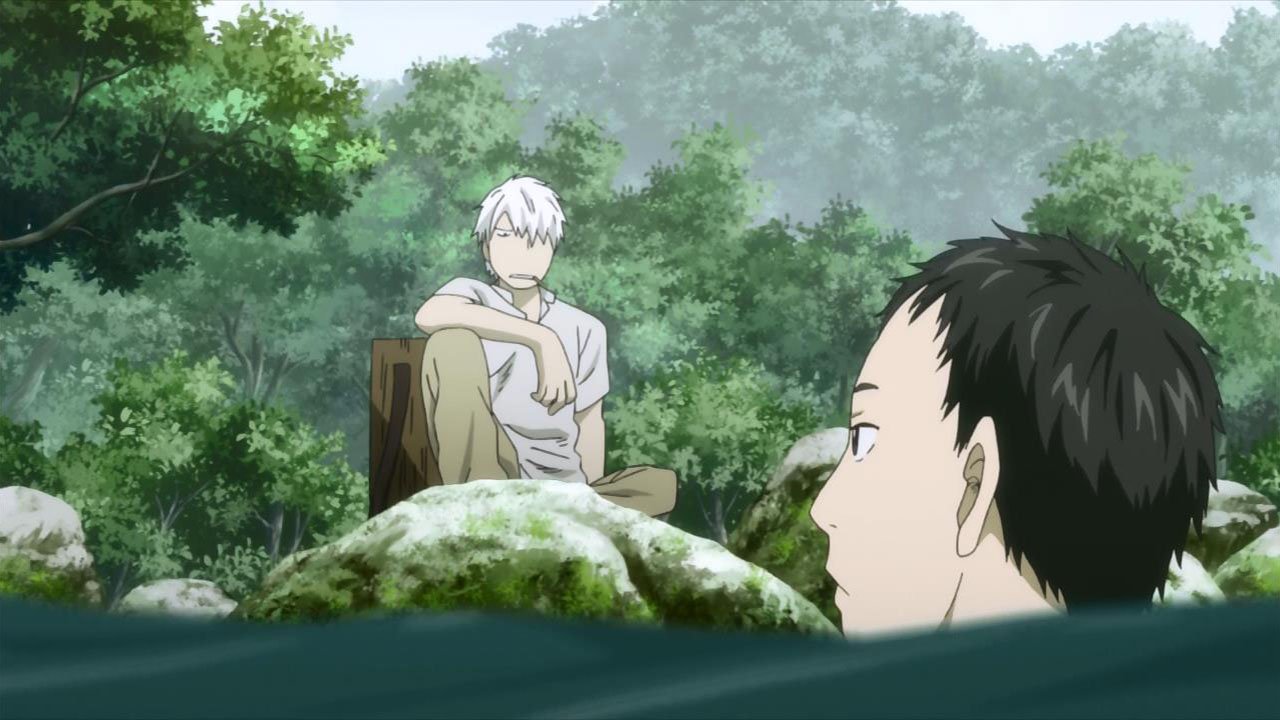
Mushi-Shi defies easy categorization, blending elements of slice of life, supernatural, drama, and even horror. The series centers on Ginko, a Mushishi journeying across Japan to study Mushi, ethereal beings intertwined with nature. While Ginko occasionally intervenes, his role primarily involves observing the lives of others and the Mushi that coexist with them.
Immersing viewers in a mesmerizing world, Mushi-Shi explores themes of wonder, beauty, and melancholy. While the pace may be slow at times, the anime’s exceptional writing ensures a fascinating experience throughout.
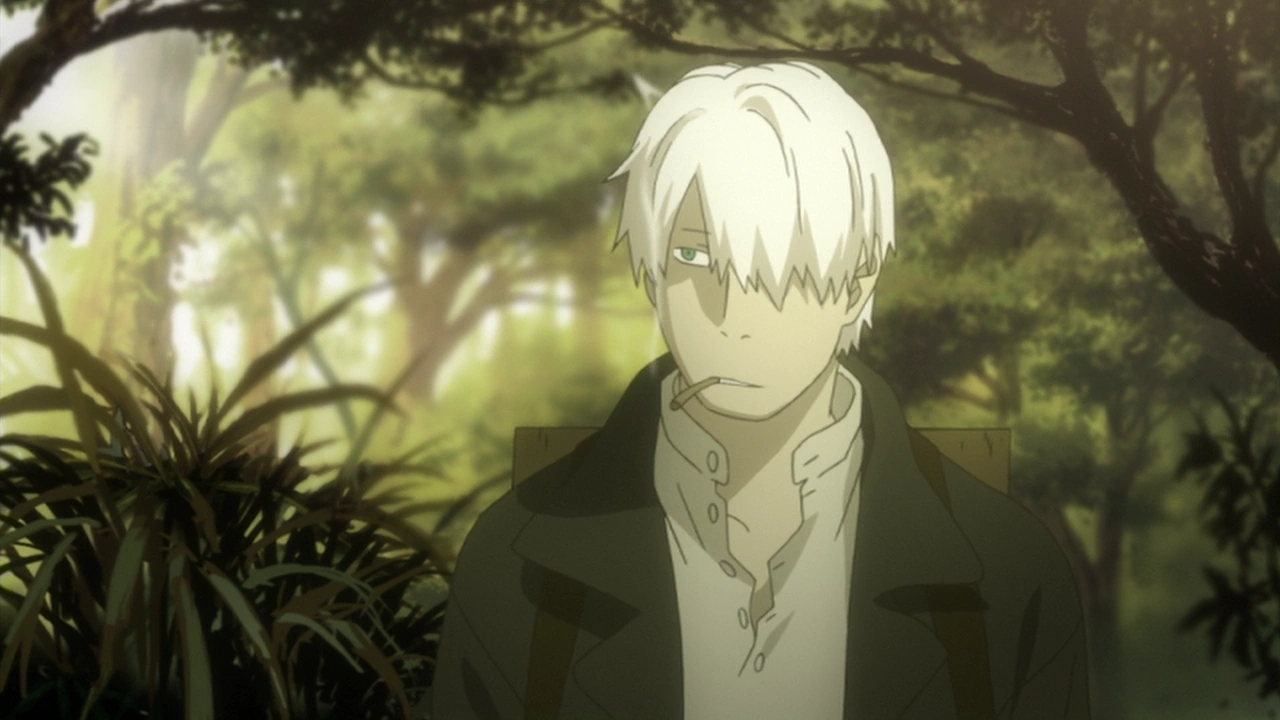
9. Fate/Zero
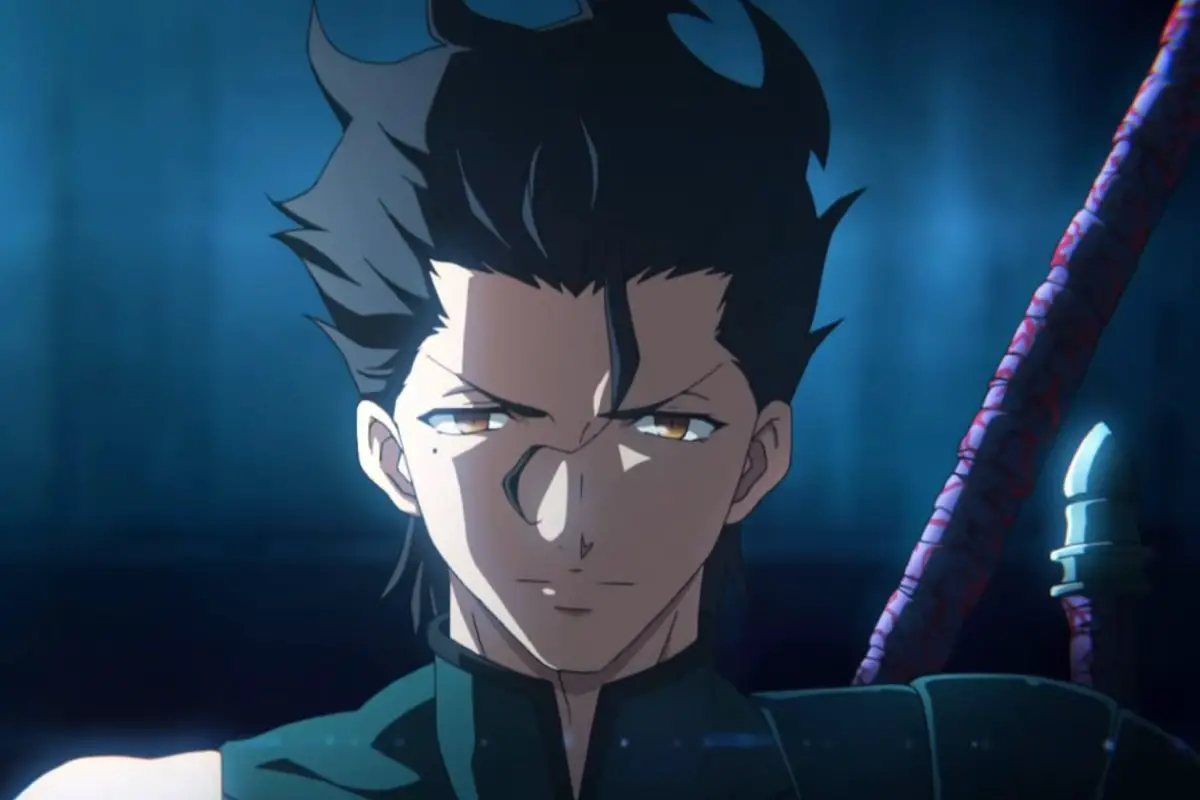
Part of the renowned Fate series, it’s undeniable that Fate/Zero falls squarely into the seinen category. Originally published as a seinen manga, it distinguishes itself with a notably darker tone compared to other entries in the Fate universe.
There’s no denying the allure of this story, which fascinates audiences for a multitude of reasons. From its intricate narratives and extensive world-building to its stunning artwork, sound design, and breathtaking fight scenes, Fate/Zero stands out as a masterpiece.
However, viewers should consider the watch order of the Fate series. While Fate/Zero can be enjoyed as a standalone series, for those interested in looking deeper into the Fate universe, it serves as a prequel to Fate/Stay Night.

8. Bungo Stray Dogs
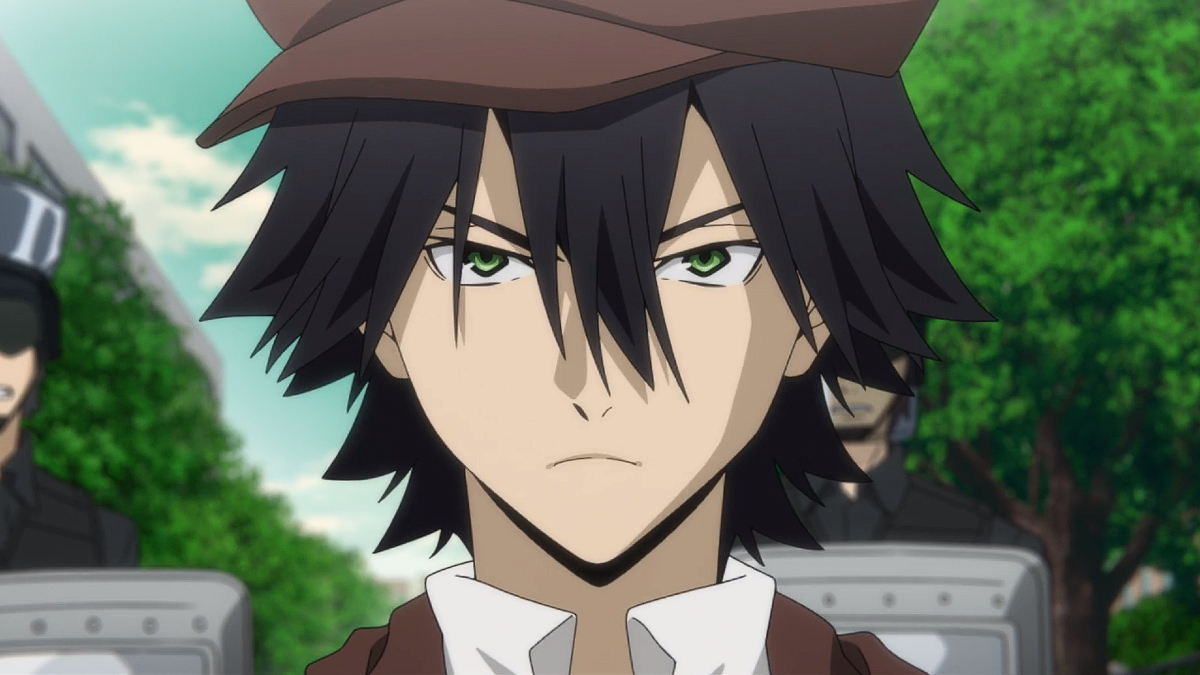
While Bungo Stray Dogs may share some similarities with Psycho-Pass, such as its focus on detective-like characters, it diverges by setting its story in an alternate-reality Yokohama modeled after the 1920s, complete with supernatural abilities. Despite the differences, Bungo Stray Dogs provides an intriguing alternative for viewers who prefer a lighter atmosphere compared to the darker tone of Psycho-Pass.
The real highlight of Bungo Stray Dogs lies in its characters. In many ways, the story feels built around them rather than the other way around. This emphasis offers a deeper and more intricate exploration of character development within the supernatural genre. It’s an ideal series for those who relish becoming attached to each character in the ensemble cast.
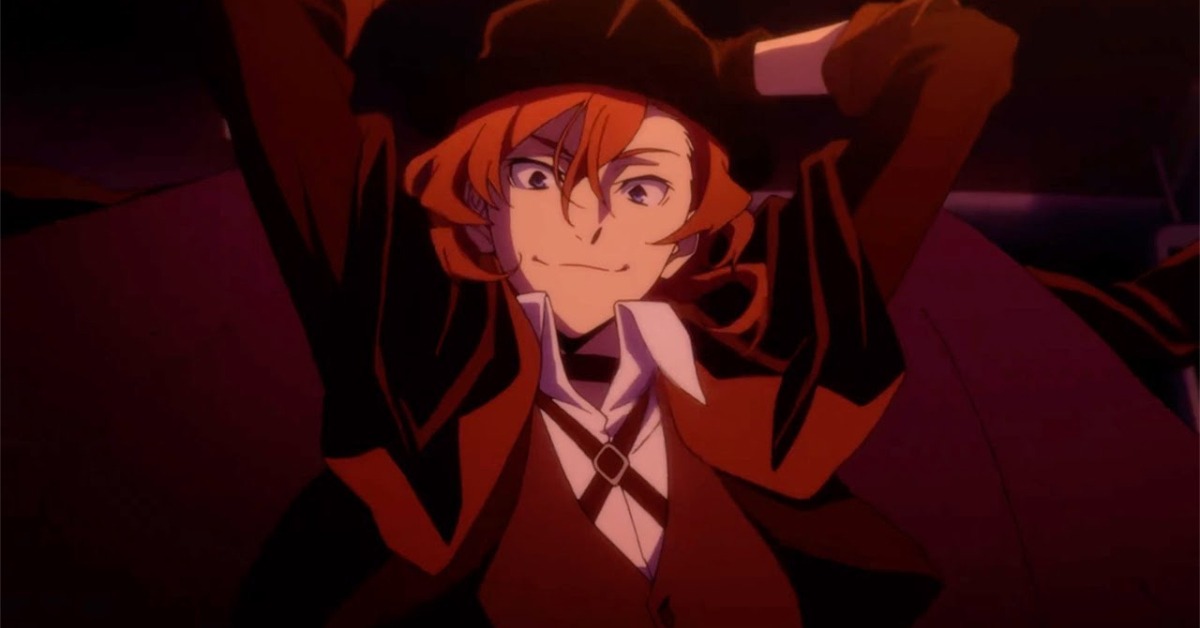
7. Pluto

After years of anticipation, fans of Naoki Urasawa’s revered Pluto manga were thrilled when Studio M2 and Netflix released an 8-part OVA adaptation in 2023. Adapting such a legendary property meant the production had to be as close to perfect as possible, and fortunately, the show largely met these lofty expectations.
Centered around an arc from Astro Boy, the story follows Gesicht as he looks into a series of murders involving both humans and robots. While the case itself is intriguing, Pluto’s triumph lies in its exploration of human behavior. By reshaping familiar sci-fi tropes, the series crafts a poignant and compelling narrative rich with socially relevant themes.

6. Made in Abyss

Mystery stands out as one of the finest sub-genres within seinen anime, and for good reason. These series enthrall audiences with their manipulation of information and cleverly crafted world-building, allowing creators to regulate tension and suspense with precision—qualities that Made in Abyss executes masterfully.
Made In Abyss tells the tale of an orphan named Riko and her fascination with a colossal chasm known as the Abyss near her hometown. As the mysteries surrounding the Abyss gradually unfold, viewers become increasingly invested in the characters and their journey. It’s a truly exceptional seinen anime, offering a perfect blend of mystery and character development for those seeking an immersive experience.
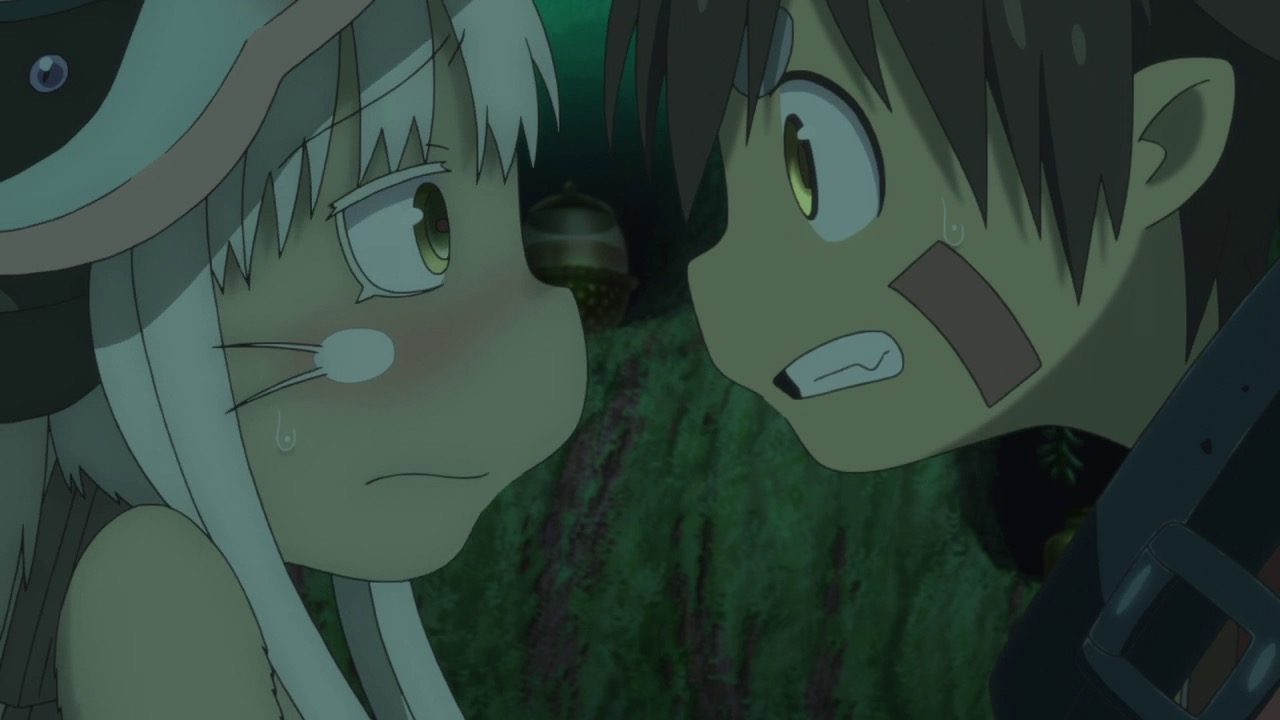
5. Kingdom’s
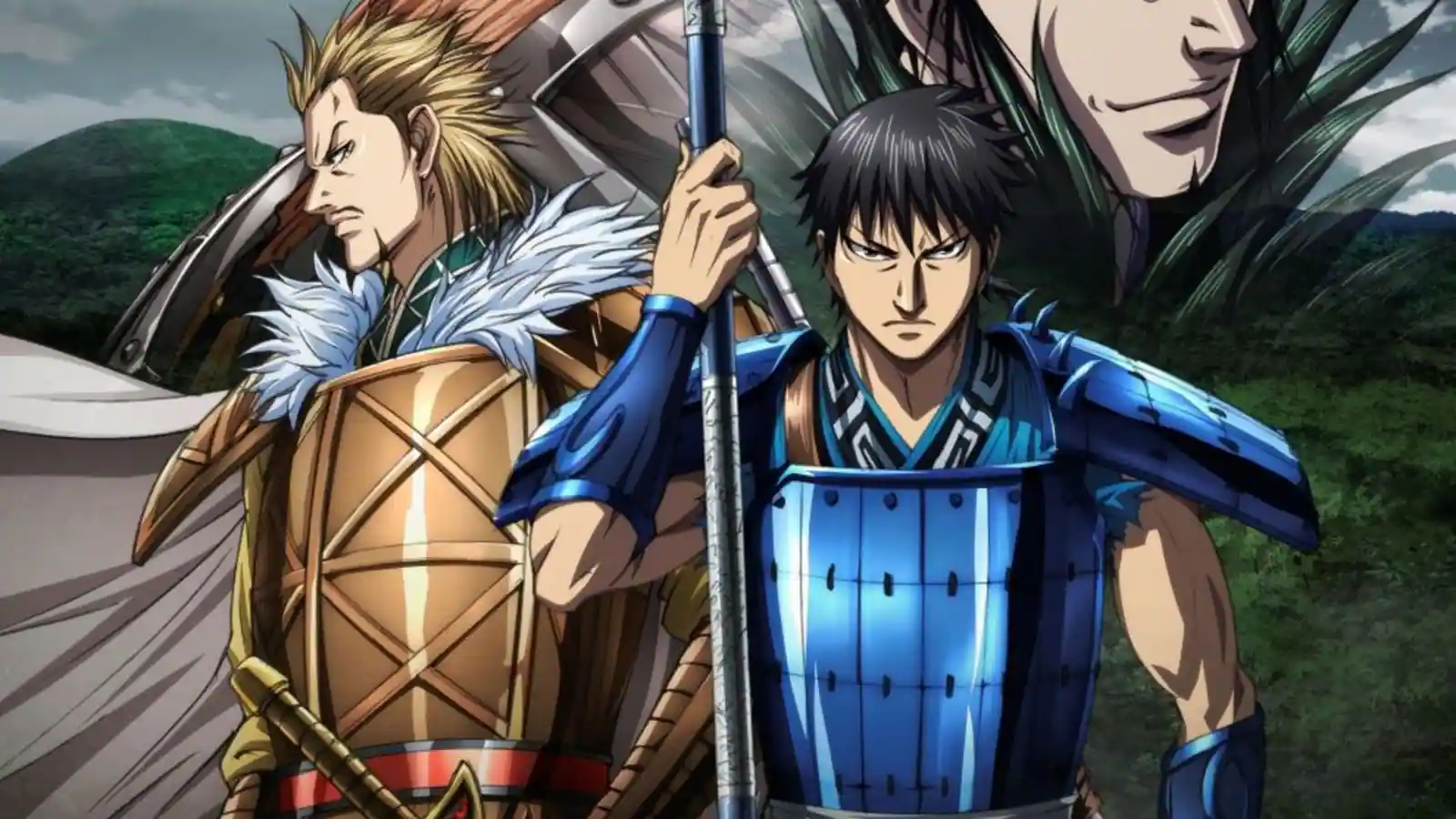
Adapted from Yasuhisa Hara’s acclaimed manga, Kingdom looks on an ambitious journey through China’s tumultuous Warring States Period. Following two orphans, Xin and Piao, as they aspire to become generals, the narrative later hones in on Xin’s rise to prominence as one of King Zheng of Qin’s most steadfast soldiers.
Kingdom’s animation may initially present a challenge for some viewers, blending 3D CGI with 2D backgrounds. The first season, in particular, has drawn mixed reactions due to its divisive visual style. However, subsequent seasons show marked improvements in animation quality. Despite this initial hurdle, Kingdom’s compelling story and well-developed characters shine through from the outset, and they only grow stronger as the series progresses.
By the time season 3 unfolds, Kingdom transforms into a sweeping war epic, characterized by its ambitious storytelling and richly nuanced characters. The anime masterfully navigates an expansive roster of personalities, delivering a fascinating narrative experience.
“Kingdom” is a Japanese manga series written and illustrated by Yasuhisa Hara. Serialized in Weekly Young Jump since 2006, the series has grown to be one of the most popular and critically acclaimed manga in Japan.
Set during the Warring States period of ancient China, “Kingdom” follows the rise of a young war orphan, Xin (Shin), as he strives to become the greatest general under the heavens, and the journey of Ying Zheng (Ei Sei), the young king of Qin, who seeks to unify China. Known for its epic battles, deep character development, and intricate political intrigue, “Kingdom” offers a thrilling blend of historical drama and action.
The story begins with two war orphans, Xin and Piao, who dream of rising from their lowly status to become great generals. Their lives take a drastic turn when Piao is recruited to serve in the palace, only to return mortally wounded, revealing a power struggle within the kingdom of Qin. With his dying breath, Piao urges Xin to meet Ying Zheng, the king of Qin. Initially distrustful, Xin eventually allies with Zheng, recognizing his ambition to unify the warring states and end the chaos that has plagued China.
As the series progresses, Xin joins the Qin army and starts climbing the ranks, participating in numerous battles and campaigns. He encounters a diverse cast of characters, including fellow soldiers, rival generals, and political schemers. Each character, ally, or foe, contributes to Xin’s growth and the overarching narrative of unification.
Central to “Kingdom” are the themes of ambition and dreams. Xin’s unwavering determination to become the greatest general and Ying Zheng’s vision of a unified China drive the narrative forward. Their dreams are depicted as sources of strength and motivation, inspiring those around them and challenging the status quo. The series explores the sacrifices and challenges inherent in pursuing grand ambitions.
“Kingdom” is renowned for its detailed and strategic depiction of warfare. Battles are meticulously crafted, with a strong emphasis on tactics, formations, and psychological warfare. The series highlights the complexities of ancient warfare, where intelligence and strategy often outweigh brute strength. Characters engage in chess-like maneuvers, making each conflict a cerebral and thrilling experience.
Leadership is a recurring theme, examined through various characters and their different styles. Xin’s growth as a leader is a central focus, showcasing his evolution from a reckless youth to a respected commander. The series also goes into the loyalty of subordinates, the bond between leaders and their followers, and the burdens of command. Ying Zheng’s leadership is marked by his political acumen and the ability to inspire loyalty through his vision of a unified China.
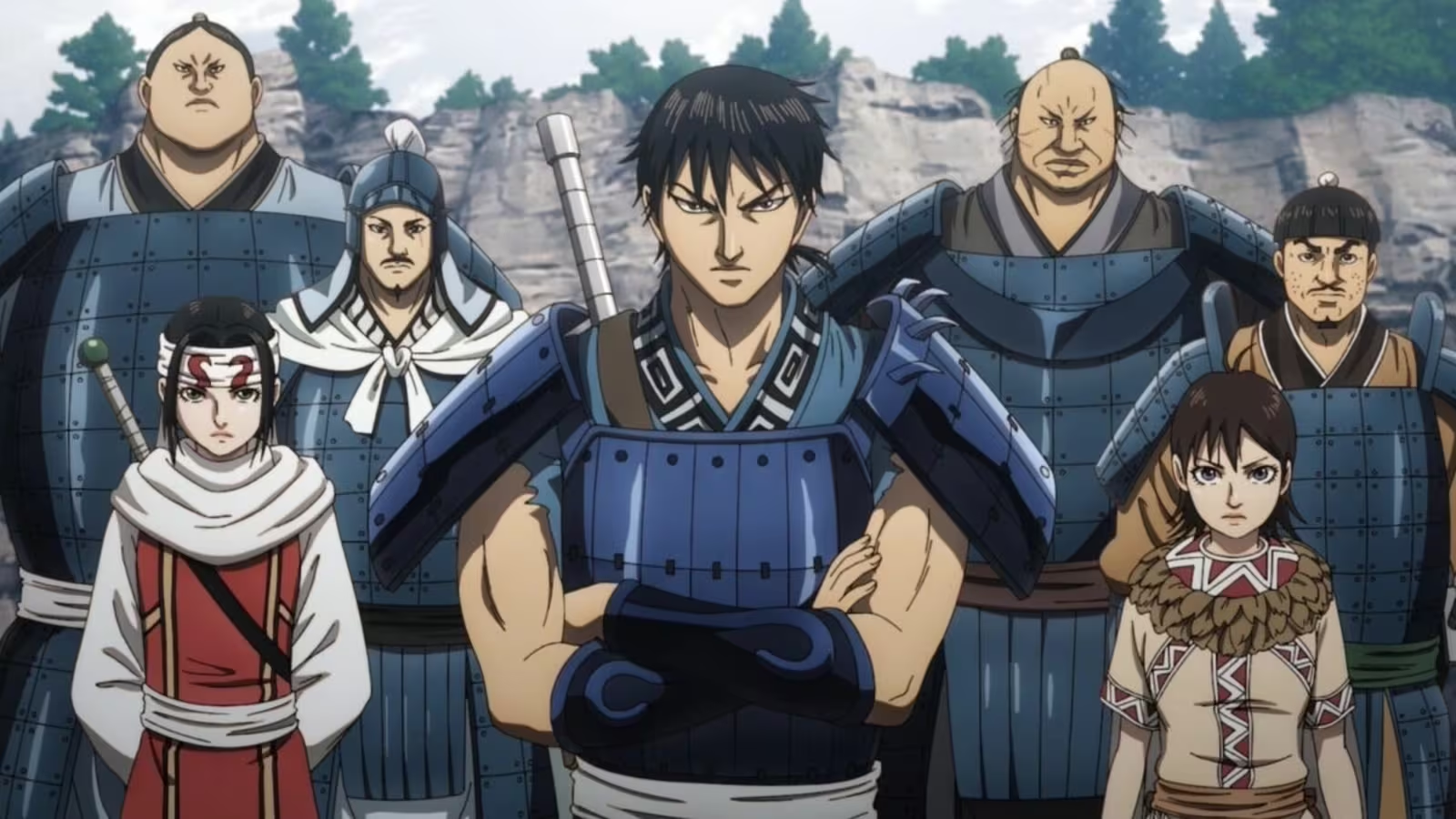
Beyond the battlefield, “Kingdom” offers a rich tapestry of political intrigue. The series portrays the cutthroat nature of court politics, alliances, and betrayals. Ying Zheng’s struggle to consolidate power within Qin involves navigating treacherous political waters, dealing with factions, and eliminating threats to his rule. The intricacies of statecraft and the balance of power add depth to the narrative.
Relationships form the emotional core of “Kingdom.” The friendship between Xin and his comrades, the rivalry with other young warriors, and the mentorship from seasoned generals enrich the story. These relationships are tested and strengthened through the crucible of war, highlighting themes of camaraderie, respect, and competition.
The protagonist, Xin, is a spirited and tenacious warrior whose journey from a peasant to a general is both inspiring and harrowing. His character is marked by unwavering determination, loyalty to his friends and king, and a burning desire to prove himself. Xin’s growth is portrayed through his experiences in battle and his evolving understanding of leadership and strategy.
The young king of Qin, Ying Zheng, is driven by a singular vision to unify China. His character is complex, balancing ruthlessness with a genuine desire for peace and stability. Zheng’s political savvy and ability to inspire loyalty play a crucial role in his quest for unification. His relationship with Xin is central to the narrative, built on mutual respect and shared ambition.
One of the Great Generals of Qin, Wang Qi is a larger-than-life figure whose prowess in battle and strategic genius make him a legendary character. His mentorship of Xin and his tragic fate leave a lasting impact on the series. Wang Qi’s character embodies the spirit of a warrior and the heavy burdens carried by great leaders.
A close friend and ally of Xin, Ten is a strategist and tactician whose intelligence and resourcefulness often save the day. Her character adds a different dimension to the predominantly male-centric narrative, showcasing the importance of intellect and strategy in warfare. Ten’s growth from a young girl to a skilled strategist mirrors Xin’s own development.
One of the most formidable antagonists in the series, Li Mu is a brilliant strategist and general of Zhao. His rivalry with Xin and his opposition to Qin’s unification efforts provide some of the most intense and gripping conflicts in the story. Li Mu’s character is nuanced, depicting an honorable warrior fighting for his homeland.
Yasuhisa Hara’s artwork in “Kingdom” is detailed and dynamic, capturing the grandeur and brutality of ancient warfare. The battle scenes are particularly noteworthy for their scale and intensity, vividly depicting the chaos and strategy of war. Hara’s character designs are distinctive, allowing each character to stand out and convey their unique personalities and backgrounds. The art effectively enhances the storytelling, bringing the historical setting to life and immersing readers in the period’s atmosphere.
“Kingdom” has achieved significant success in Japan, with high manga sales and several awards, including the prestigious Tezuka Osamu Cultural Prize. The series’ popularity led to an anime adaptation that brought the story to a broader audience, although opinions on the anime’s quality have been mixed due to its animation style. Despite this, “Kingdom” remains a beloved series among fans for its compelling narrative and deep historical context.
The series has also contributed to a renewed interest in the Warring States period of China, providing readers with a fascinating sneak peek into this turbulent era. Its blend of historical facts with fictional elements offers an engaging way to explore history, prompting many to go deeper into the real events and figures that inspired the story.
“Kingdom” is a masterful epic that combines the thrill of historical warfare with deep character development and intricate political intrigue. Yasuhisa Hara’s storytelling prowess and detailed artwork create an immersive experience that captures the spirit of the Warring States period.
The series’ exploration of themes such as ambition, leadership, and the nature of power provides a rich and thought-provoking narrative that resonates with readers. Whether through its intense battles, strategic depth, or the personal journeys of its characters, “Kingdom” stands out as a monumental work in the manga world, offering a gripping and unforgettable journey through one of history’s most fascinating epochs.
4. Monster
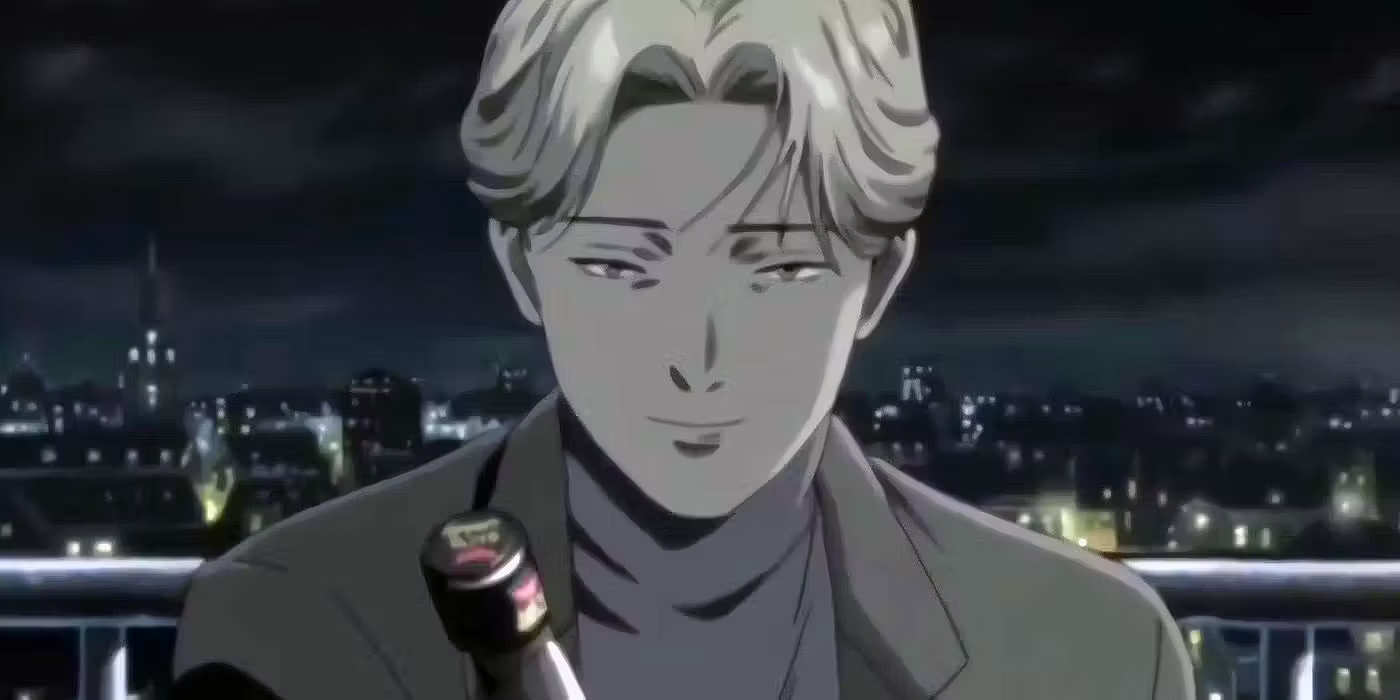
Naoki Urasawa’s manga creations are indeed legendary, and while many of his works have yet to be adapted into anime, Monster stands as a rare exception. This psychological thriller is unparalleled in the seinen anime.
The story centers on Kenzo Tenma, an idealistic surgeon in Germany who makes a fateful decision to save a child instead of a prominent political figure, jeopardizing his career in the process. This act not only alters Tenma’s life trajectory but also forms an indelible connection with Johan, the boy he rescued. However, Johan’s influence proves to be anything but positive.
Grim, mature, and intellectually stimulating, Monster fascinates viewers with its intricate and ambitious narrative spanning over 70 episodes. Seamlessly weaving together complex themes and character dynamics, the anime stands as a pinnacle of excellence in seinen storytelling.
“Monster,” written and illustrated by Naoki Urasawa, is a critically acclaimed manga series that masterfully blends elements of psychological thriller, mystery, and drama. Serialized in Big Comic Original from 1994 to 2001, “Monster” has been celebrated for its intricate plot, complex characters, and philosophical depth.
The story revolves around Dr. Kenzo Tenma, a Japanese brain surgeon living in Germany, whose life takes a dramatic turn when he saves a young boy who grows up to become a monstrous serial killer. The manga has been adapted into a successful anime series, further cementing its status as a masterpiece in manga and anime.
“Monster” begins with Dr. Kenzo Tenma, a highly skilled neurosurgeon working at Eisler Memorial Hospital in Düsseldorf, Germany. Tenma’s life seems perfect: he is engaged to the hospital director’s daughter and is on the fast track to a prestigious career. However, his world is turned upside down when he chooses to save the life of a young boy, Johan Liebert, over the town’s mayor, who dies as a result. This decision leads to a series of events that cause Tenma to lose his social standing and fiancée.
Years later, Johan, the boy Tenma saved, reappears as a calculating and charismatic serial killer. Realizing the horror he inadvertently unleashed, Tenma sets out on a mission to stop Johan and uncover the truth behind his psychopathic tendencies. As Tenma goes deeper into Johan’s past, he encounters a wide array of characters, each with their own stories and connections to the enigmatic killer. The series intricately weaves together multiple storylines, creating a human experiences and moral dilemmas.
At the heart of “Monster” lies the exploration of evil and its origins. Johan Liebert is depicted as a pure embodiment of malevolence, yet the series questions whether he is inherently evil or a product of his environment. The narrative goes into Johan’s traumatic past, including experiments in a secret facility, raising questions about the impact of nature versus nurture in the development of psychopathy.
Dr. Tenma’s journey is one of redemption. Initially, he makes a morally righteous decision by saving Johan, only to be haunted by the consequences. Throughout the series, Tenma is faced with ethical dilemmas that challenge his principles and force him to confront his own capacity for violence and justice. The series emphasizes the complexity of moral choices and the fine line between good and evil.
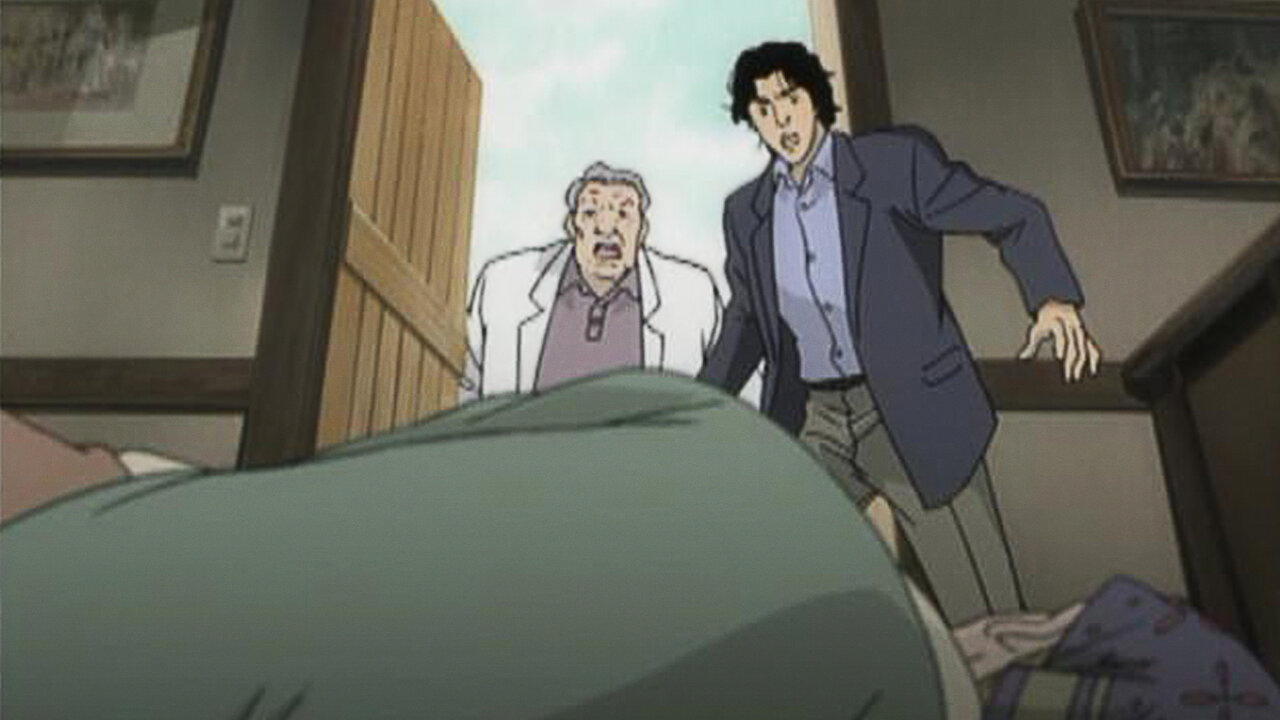
Identity and the impact of trauma are central themes in “Monster.” Many characters struggle with their pasts and the identities they have constructed as a result. Johan’s lack of a clear identity, symbolized by his use of multiple names and personas, contrasts with Tenma’s struggle to maintain his integrity amidst chaos. The series suggests that our identities are fragile and can be profoundly shaped by our experiences and memories.
Johan’s ability to manipulate and control those around him highlights the theme of influence and power. He preys on people’s fears and weaknesses, demonstrating the ease with which one’s morality can be corrupted. This manipulation extends to societal structures, as Johan’s actions expose the darker undercurrents of society and the latent potential for evil in ordinary individuals.
The series repeatedly grapples with the value of human life. Tenma’s profession as a surgeon places him in a position where he must weigh the worth of different lives, a dilemma that becomes increasingly personal and profound as the story progresses. The sanctity of life and the cost of taking it are examined through Tenma’s internal struggles and the broader narrative.
Tenma is the protagonist, a highly skilled and principled neurosurgeon whose life is turned upside down by his decision to save Johan. His journey from a respected doctor to a fugitive hunting a serial killer is marked by significant moral and emotional growth. Tenma’s unwavering sense of justice and compassion make him a deeply sympathetic and compelling character.
Johan is the central antagonist, a charismatic and enigmatic figure whose charm belies his monstrous nature. His backstory is slowly revealed through the series, uncovering the trauma and experimentation that shaped him. Johan’s complexity and the sheer terror he inspires make him one of the most memorable villains in manga history.
Nina, Johan’s twin sister, plays a crucial role in revealing the mystery of Johan’s past. Her journey from a college student to a determined survivor seeking to stop her brother mirrors Tenma’s quest for redemption. Nina’s character embodies resilience and the struggle to reclaim one’s identity after trauma.
A brilliant but obsessive BKA (Federal Criminal Police Office) inspector, Lunge is initially convinced that Tenma is the true culprit behind the murders. His dogged pursuit of the truth and eventual recognition of Johan’s existence adds layers to the investigation and highlight the theme of obsession.
A young boy who becomes attached to Tenma, Dieter represents innocence and the possibility of a better future. His presence serves as a reminder of the impact of kindness and the potential for change, even in a world overshadowed by darkness.
Naoki Urasawa’s artwork in “Monster” is characterized by its realistic and detailed style. His ability to capture subtle emotions through facial expressions and body language adds depth to the characters and enhances the psychological tension of the story. The settings are meticulously drawn, creating an immersive atmosphere that brings “Monster” to life. Urasawa’s use of shadow and light effectively heightens the suspense and dramatic moments, making the series visually compelling.
“Monster” has had a profound impact on both the manga and anime industries. Its intricate storytelling and mature themes have set a high standard for psychological thrillers. The series has received numerous awards, including the prestigious Tezuka Osamu Cultural Prize, and has been praised for its narrative depth and character development.
The 2004 anime adaptation, directed by Masayuki Kojima, faithfully brings Urasawa’s vision to the screen, maintaining the manga’s tension and complexity. The anime has introduced the series to a wider audience, further cementing its status as a classic.
“Monster” is a masterful blend of psychological thriller, mystery, and drama, offering a profound exploration of the human condition. Through its intricate plot, complex characters, and philosophical depth, the series goes into themes of identity, morality, and the nature of evil.
Naoki Urasawa’s storytelling and artwork create an immersive and thought-provoking experience that continues to grab and challenge readers. “Monster” is not just a gripping narrative but a profound meditation on the darker aspects of human nature, making it an essential read for fans of psychological fiction and mature storytelling.
3. Ghost In The Shell
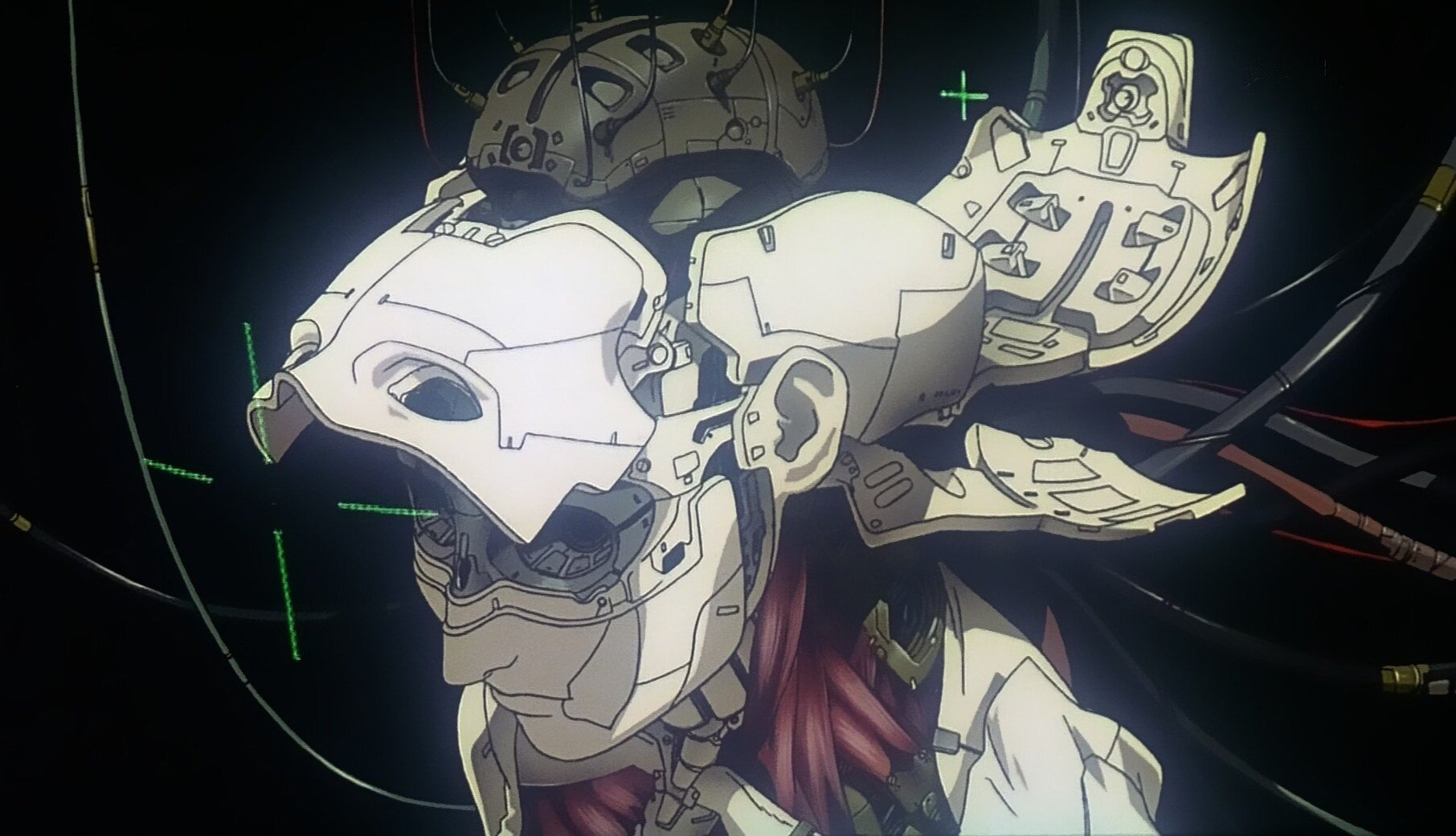
Live-action adaptations within the anime are not unheard of, but when it comes to a series with a live-action movie released in the West, that’s a different ballgame altogether. Ghost In The Shell has garnered international acclaim as a seinen anime masterpiece, characterized by striking artwork for its time and a fascinating concept.
Centered around the narrative of Motoko Kusanagi, an android crafted for combat, the Ghost In The Shell series constructs one of the most compelling storylines in the sci-fi and police genres. With its richly developed characters and action-packed universe, it’s evident why both the movie and subsequent series rank among the finest examples of seinen anime.
“Ghost in the Shell” is a seminal Japanese media franchise created by Masamune Shirow, originally as a manga series first serialized in “Young Magazine” in 1989. The franchise has since expanded into various animated adaptations, films, television series, and novels, gaining a global following and significant critical acclaim. Set in a futuristic, cyberpunk world, “Ghost in the Shell” goes into complex themes such as artificial intelligence, cybernetics, identity, and the nature of consciousness, making it a cornerstone of the sci-fi genre.
The narrative primarily revolves around Major Motoko Kusanagi, a cyborg working as the leader of Public Security Section 9, an elite counter-cyberterrorist organization. The Major, who possesses a fully cybernetic body with only her brain being organic, often grapples with existential questions about her identity and the essence of her humanity.
The original 1995 animated film, directed by Mamoru Oshii, is one of the most influential adaptations of the manga. It follows Major Kusanagi and her team as they investigate a mysterious hacker known as the Puppet Master, who has the ability to hack into cybernetic brains and control individuals. As the investigation unfolds, the film goes deeply into philosophical discussions about the nature of the self, consciousness, and the boundary between human and machine.
One of the central themes of “Ghost in the Shell” is the exploration of identity in an age where the boundaries between human and machine are increasingly blurred. Major Kusanagi’s struggle with her own identity and the question of what makes her ‘self’ is a recurring motif. The presence of cybernetic bodies and the ability to transfer consciousness raise profound questions about the nature of the soul and personal identity.
The series presents a future where cybernetic enhancements and artificial intelligence are ubiquitous. The concept of ‘ghosts’ (human consciousness) inhabiting ‘shells’ (cybernetic bodies) creates a complex interplay between technology and humanity. The Puppet Master, a sentient AI, embodies the convergence of humans and machines, challenging the notion of life and intelligence as exclusively biological phenomena.
“Ghost in the Shell” is heavily influenced by philosophical and existentialist thought. The characters often engage in introspective and philosophical dialogues that touch upon the works of Descartes, Nietzsche, and other philosophers. The film’s title itself alludes to Arthur Koestler’s book “The Ghost in the Machine,” which discusses the duality of mind and body.

The series also examines the nature of reality and perception in a digitally enhanced world. With advanced cybernetic enhancements and virtual realities, characters in “Ghost in the Shell” often question what is real and what is artificially constructed. This theme is particularly evident in the exploration of hacking, mind control, and the manipulation of memories.
The cyberpunk setting of “Ghost in the Shell” allows for a critique of modern sociopolitical issues. The series addresses themes such as surveillance, government overreach, corporate power, and the ethical implications of technological advancements. The dystopian society depicted in the franchise reflects concerns about the potential misuse of technology and the erosion of privacy.
The protagonist, Major Kusanagi, is a highly skilled cyborg who leads Section 9. Her character embodies the central themes of the series, as she navigates her dual existence as both human and machine. Her introspective nature and philosophical musings drive much of the narrative’s depth.
Batou is Kusanagi’s second-in-command and a close confidant. A fellow cyborg with a more pragmatic outlook, Batou often provides a grounded counterpoint to Kusanagi’s existential questions. His loyalty and combat prowess make him a key member of Section 9.
Unlike his colleagues, Togusa is mostly human with minimal cybernetic enhancements. His perspective provides a contrast to the heavily augmented members of Section 9, and his traditional detective skills complement the team’s high-tech approach.
A sentient AI and primary antagonist in the original film, the Puppet Master challenges the definitions of life and consciousness. Its desire to merge with Kusanagi to transcend its limitations raises profound questions about identity and evolution.
“Ghost in the Shell” is renowned for its groundbreaking animation and visual style. The 1995 film, in particular, is celebrated for its detailed and immersive depiction of a cyberpunk world. Director Mamoru Oshii’s use of moody, atmospheric visuals, combined with a haunting score by Kenji Kawai, creates a unique and thought-provoking experience. The animation blends traditional cel techniques with early digital effects, setting a high standard for the genre.
The manga, illustrated by Masamune Shirow, features intricate artwork and detailed designs that bring the futuristic world to life. Shirow’s style combines technical precision with imaginative creativity, depicting a world where technology and humanity are intricately intertwined.
“Ghost in the Shell” has had a profound impact on both the anime and broader science fiction genres. Its exploration of philosophical themes and its innovative approach to storytelling have influenced numerous creators and works, including major films like “The Matrix.” The series’ depiction of a technologically advanced yet morally complex future has resonated with audiences, prompting discussions about the implications of emerging technologies in our own world.
The franchise’s success has led to multiple adaptations, including the “Stand Alone Complex” TV series, which further expands the universe and explores new storylines. These adaptations maintain the core themes while introducing new characters and scenarios, ensuring the series’ relevance and appeal to new generations of viewers.
“Ghost in the Shell” stands as a towering achievement in manga, anime, and science fiction. Its thoughtful exploration of identity, consciousness, and the intersection of humanity and technology continues to grab and inspire audiences.
2. Vinland Saga
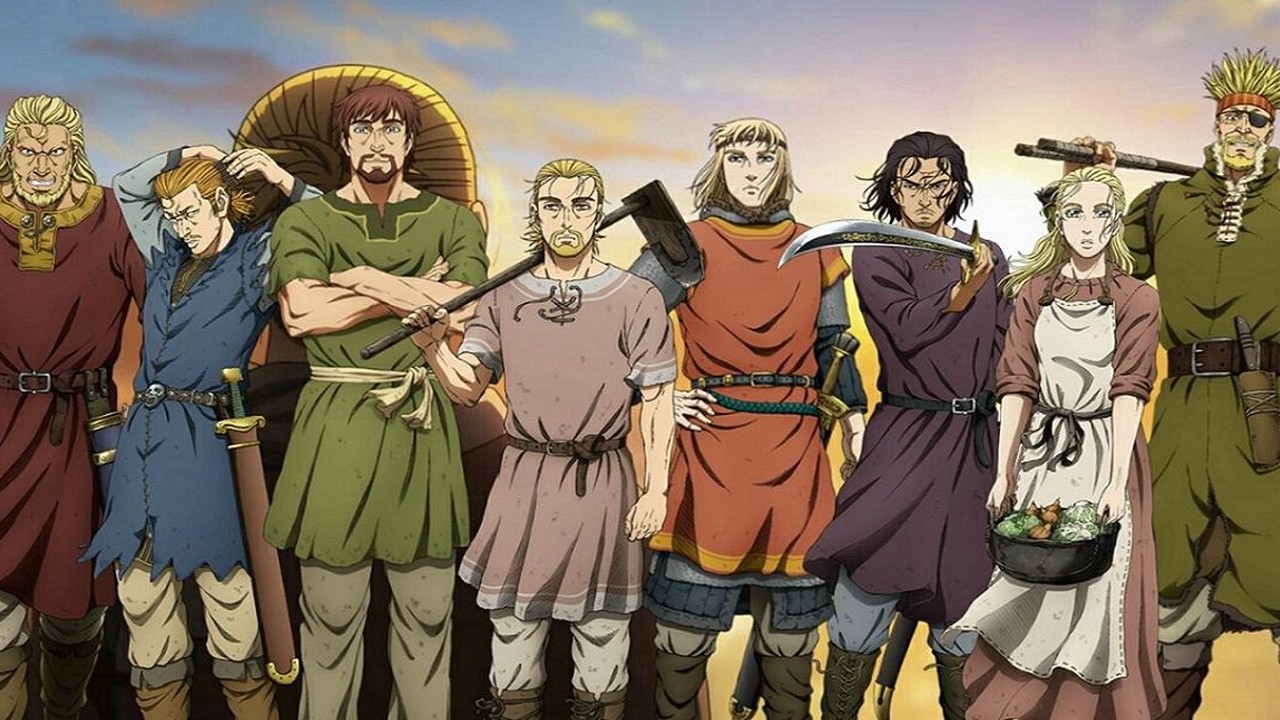
Vikings aren’t a common theme in anime, and it’s quite rare for Japanese animation to look into the intricate world of Scandinavian warriors. Vinland Saga demonstrates why this subject is a perfect fit for the screen, with its dark, gory warfare and historical twist. Following the journey of young Thorfinn, this seinen anime looks into the unique lifestyle of Viking warriors and what drives them.
To be honest, many of the battle elements reminiscent of Berserk contribute to what makes Vinland Saga such an outstanding anime. However, Vinland Saga stands out in its own way, appealing more to history enthusiasts. Season 2 takes a significant turn as it evolves into a character-driven saga, with the protagonist’s struggle to break free from his cycle of violence at the forefront.
Season 1 captured global attention with its rich characterizations, intense action, and intricate world-building. Season 2 reframes many of Thorfinn’s actions from the previous season, transforming him from a somewhat one-dimensional character into a tragic figure burdened by guilt and hopelessness. Yet, as the protagonist confronts his past actions, he begins to find a new purpose, gradually replacing his sense of despair with a newfound determination to live.
“Vinland Saga” is a Japanese manga series written and illustrated by Makoto Yukimura. Serialized in “Weekly Shōnen Magazine” before moving to “Monthly Afternoon,” the series has garnered critical acclaim and a dedicated following for its compelling blend of historical epic, action, and deep character study.
Set during the Viking Age, “Vinland Saga” follows the journey of Thorfinn, a young warrior driven by revenge, as he navigates the tumultuous world of Norse warriors, political intrigue, and personal growth. With its rich historical setting, complex characters, and philosophical depth, “Vinland Saga” stands out as a landmark in the manga and anime world.
“Vinland Saga” begins with the story of Thorfinn, the son of a renowned Viking warrior, Thors. Thors, who once lived as a feared warrior, has settled into a peaceful life in Iceland, raising his family away from the violence of his past. However, Thorfinn’s life changes dramatically when a mercenary leader named Askeladd orchestrates an ambush, leading to Thors’ death. Consumed by a desire for revenge, young Thorfinn joins Askeladd’s band, honing his combat skills while waiting for the chance to kill his father’s murderer in a fair duel.
The series is divided into several arcs, each exploring different facets of Thorfinn’s journey and the broader world of the Vikings: This initial arc focuses on Thorfinn’s quest for revenge and his life as a warrior under Askeladd’s command. It introduces key characters such as Askeladd, the cunning and charismatic leader, and Prince Canute, a timid royal figure who undergoes significant development. This arc is marked by intense battles, political intrigue, and a deep exploration of the brutal reality of Viking life.
Following the dramatic events of the War Arc, Thorfinn’s path takes a drastic turn. He becomes a slave on a Danish farm, stripped of his former identity and purpose. This arc is pivotal for Thorfinn’s character development, as he grapples with his past actions and begins a journey of redemption and self-discovery. Through his interactions with other slaves and his bond with the farm’s kind-hearted owner, Ketil, Thorfinn starts to question the cycle of violence and vengeance.
As Thorfinn’s character evolves, he sets out on a new mission to find the fabled land of Vinland, a place where he dreams of establishing a peaceful society free from the violence that has plagued his life. This arc introduces new characters and challenges, emphasizing themes of exploration, cultural exchange, and the struggle to create a better world.
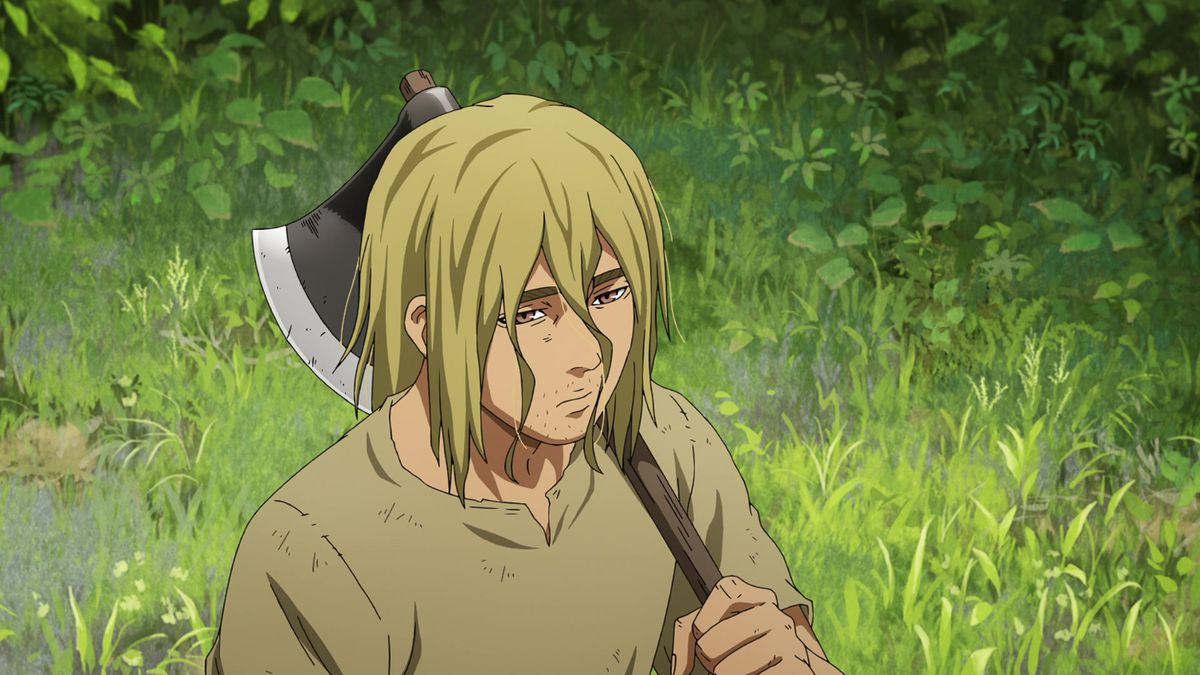
One of the central themes of “Vinland Saga” is the cycle of violence and the possibility of redemption. Thorfinn’s journey from a vengeful warrior to a man seeking peace mirrors the series’ broader commentary on the futility of revenge and the destructive nature of violence. Through Thorfinn’s evolution, the series explores how individuals can break free from their past and strive for a more meaningful existence.
“Vinland Saga” is deeply rooted in the historical and cultural context of the Viking Age. The series incorporates real historical figures and events, such as King Sweyn Forkbeard and the invasion of England. This historical grounding adds a layer of authenticity and richness to the narrative, immersing readers in the complex world of Norse warriors and medieval politics.
The characters in “Vinland Saga” are intricately developed, each with their own motivations, flaws, and growth arcs. Askeladd, for instance, is a multifaceted antagonist whose cunning and ambition are balanced by moments of vulnerability and depth. The series goes into the moral ambiguities of its characters’ actions, challenging readers to consider the complexities of human nature and the gray areas of morality.
Thorfinn’s quest for Vinland symbolizes the universal human desire for peace and a better life. This theme resonates throughout the series, as characters grapple with their dreams and aspirations in a world marred by conflict and brutality. The idea of Vinland as a utopian land represents hope and the possibility of a new beginning, driving the narrative forward.
The series also explores themes of leadership and power, particularly through the character of Prince Canute. His transformation from a timid prince to a formidable ruler highlights the burdens and responsibilities of leadership. The series examines the use of power, the sacrifices it demands, and the impact of personal ambition on the broader societal.
The protagonist, Thorfinn, is initially driven by revenge but undergoes significant character development as he confronts the consequences of his actions and seeks a new purpose in life. His journey from a wrathful warrior to a seeker of peace forms the emotional core of the series.
A key figure in Thorfinn’s life, Askeladd is a complex antagonist whose cunning and strategic mind make him a formidable leader. His relationship with Thorfinn is central to the narrative, blending mentor-like guidance with bitter enmity.
Canute’s character arc is one of the most compelling in the series. Starting as a meek and passive figure, he transforms into a decisive and powerful ruler. His growth highlights the themes of leadership, power, and the moral complexities of governance.
Thorfinn’s father, Thors, serves as a moral compass and inspiration for Thorfinn. His philosophy of valuing life and seeking peace deeply influences Thorfinn’s later quest for Vinland.
Makoto Yukimura’s artwork in “Vinland Saga” is characterized by its meticulous attention to detail, dynamic action sequences, and expressive character designs. The battle scenes are intense and visceral, capturing the brutal reality of Viking warfare. Yukimura’s ability to convey emotion through detailed facial expressions and body language adds depth to the characters and enhances the storytelling. The settings are richly rendered, immersing readers in the historical world of the Vikings.
1. Berserk
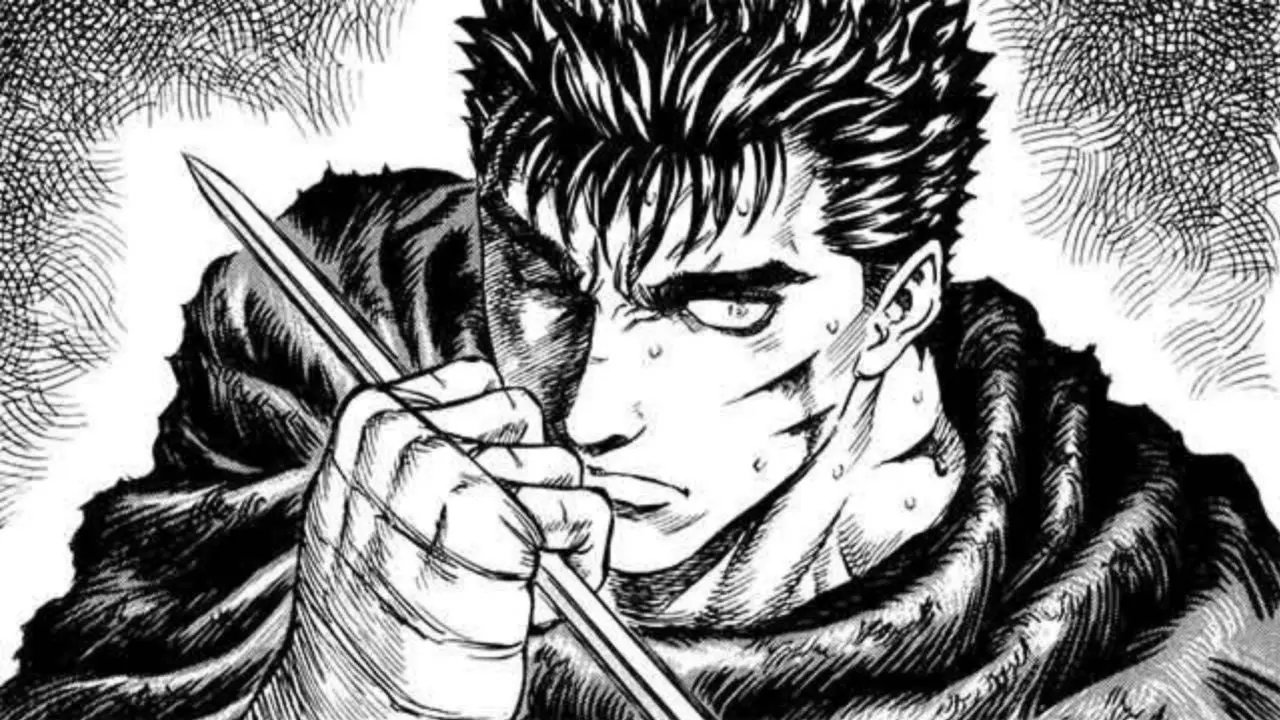
Berserk, penned by Kentaro Miura, isn’t your typical family-friendly anime choice, particularly with its bloody, gritty storyline featuring a formidable, sword-wielding protagonist. Guts, along with his equally ruthless band of mercenaries, navigates a world teeming with violence and danger.
While Berserk may not be suitable for everyone due to its intense content, for those willing to look into its dark narrative, it offers a thrilling and impactful experience. The absence of cheap plot armor adds depth to the story, making every perilous encounter feel significant and real. In essence, Berserk is a gripping rollercoaster of emotions, tailor-made for viewers who relish the adrenaline-fueled battles often found in shonen anime.
“Berserk” is a dark fantasy manga series written and illustrated by Kentaro Miura. Serialized in Hakusensha’s “Monthly Animal House” in 1989 before moving to “Young Animal” in 1992, “Berserk” has gained legendary status for its intricate storytelling, complex characters, and detailed artwork.
The series is renowned for its mature themes, brutal violence, and philosophical depth, exploring the darkest aspects of human nature and the struggle for redemption in a cruel, unforgiving world. With a rich narrative and an expansive universe, “Berserk” has left an indelible mark on manga and anime.
The story of “Berserk” follows Guts, a lone mercenary with a tragic past, who wields a massive sword known as the Dragonslayer. Set in a medieval-inspired world teeming with supernatural forces, political intrigue, and relentless violence, Guts’ journey is one of survival and vengeance. The narrative is divided into several arcs, each going deeper into Guts’ character and the grim world he inhabits.
The Golden Age Arc serves as a pivotal section of the story, detailing Guts’ time with the Band of the Hawk, a mercenary group led by the charismatic and ambitious Griffith. As Guts rises through the ranks, he forges strong bonds with Griffith and the other members, particularly the fierce warrior Casca.
However, Griffith’s insatiable ambition leads to a catastrophic betrayal, resulting in the horrifying Eclipse event, where the Band of the Hawk is sacrificed to demonic entities known as Apostles. This event leaves Guts and Casca physically and emotionally scarred, setting Guts on a path of vengeance against Griffith, now reborn as the demonic Femto.
Subsequent arcs follow Guts as he battles monstrous foes, grapples with his inner demons, and strives to protect Casca, whose mind has been shattered by the traumatic events of the Eclipse. Along the way, Guts encounters a diverse cast of characters, including the elf Puck, the witch Schierke, and the young knight Farnese, who join him in his relentless quest.
“Berserk” is fundamentally a story about survival against overwhelming odds. Guts’ indomitable will to live and fight, despite the numerous physical and emotional scars he bears, exemplifies the human spirit’s resilience. His relentless pursuit of revenge against Griffith and his refusal to succumb to despair highlight the themes of perseverance and determination.

The series goes deeply into the complexities of human nature, exploring themes of ambition, power, betrayal, and sacrifice. Griffith’s rise and fall illustrate the corrupting influence of unchecked ambition and the moral compromises individuals make in the pursuit of power. The dark, brutal world of “Berserk” serves as a backdrop for examining the moral ambiguities and ethical dilemmas faced by its characters.
Guts and Casca’s journey is marked by profound trauma, particularly the events of the Eclipse. The series sensitively portrays their struggles with the aftermath of their experiences, emphasizing the importance of mental and emotional healing. Guts’ protective instincts toward Casca and his efforts to restore her sanity highlight themes of love, compassion, and the quest for redemption.
Despite the series’ dark tone, “Berserk” also celebrates the bonds of friendship and loyalty. Guts’ relationships with his comrades, both in the Band of the Hawk and in his later travels, provide moments of warmth and humanity. These bonds offer a counterbalance to the pervasive darkness, showcasing the strength that comes from unity and mutual support.
The concept of fate versus free will is a recurring theme in “Berserk.” The mysterious God Hand and the demonic entities known as Apostles manipulate the fates of humans, raising questions about the extent to which individuals control their destinies. Guts’ struggle against these supernatural forces symbolizes the human desire to assert one’s free will and carve out a personal path, despite seemingly insurmountable obstacles.
The protagonist of the series, Guts is a formidable warrior driven by a relentless quest for vengeance. His tragic past and numerous battles have shaped him into a complex character, grappling with both his inner demons and external threats. Guts’ development throughout the series is marked by his growing empathy and protective instincts, particularly toward Casca.
Griffith is the charismatic and ambitious leader of the Band of the Hawk, whose dream of attaining his own kingdom drives him to make a pact with dark forces. His transformation into Femto, a member of the God Hand, marks a significant turning point in the series, as he becomes both Guts’ nemesis and a symbol of the destructive power of ambition.
A central figure in Guts’ life, Casca is a fierce warrior and Griffith’s loyal lieutenant. Her tragic experiences during the Eclipse leave her mentally scarred, and much of Guts’ journey revolves around his efforts to protect and heal her. Casca’s character arc highlights themes of trauma, recovery, and the enduring strength of the human spirit.
An elf who provides comic relief and moral support, Puck accompanies Guts on his journey. Despite his small size and whimsical nature, Puck’s presence adds depth to the story, offering moments of levity and wisdom.
Kentaro Miura’s artwork in “Berserk” is renowned for its intricate detail, dynamic action sequences, and evocative. The series’ visual style effectively captures the brutal and fantastical elements of its world, immersing readers in its dark, medieval-inspired setting. Miura’s ability to convey intense emotion through his characters’ expressions and body language adds depth to the storytelling, making “Berserk” a visually and emotionally powerful experience.

